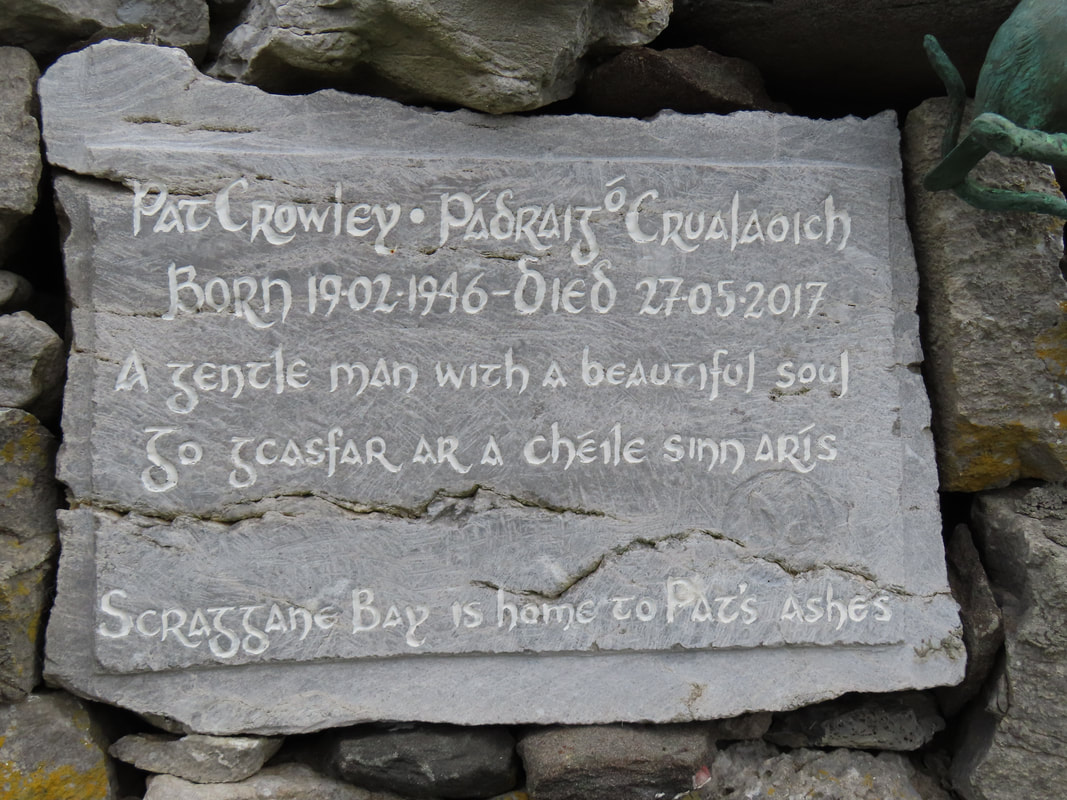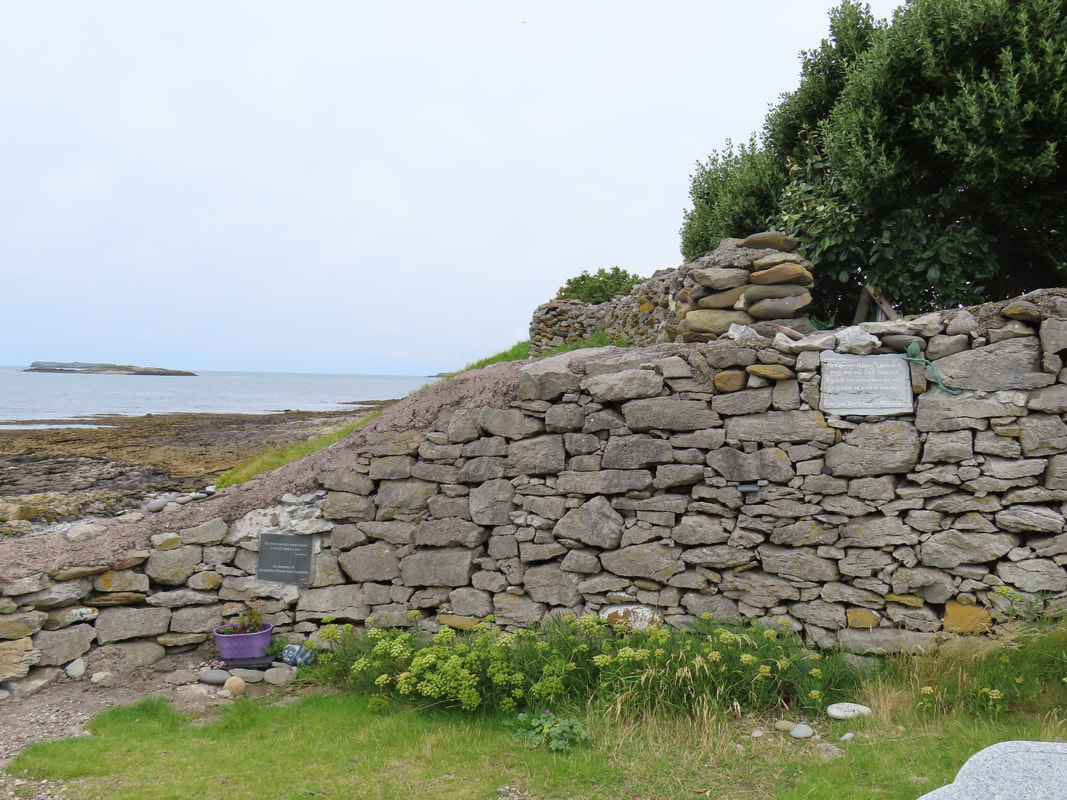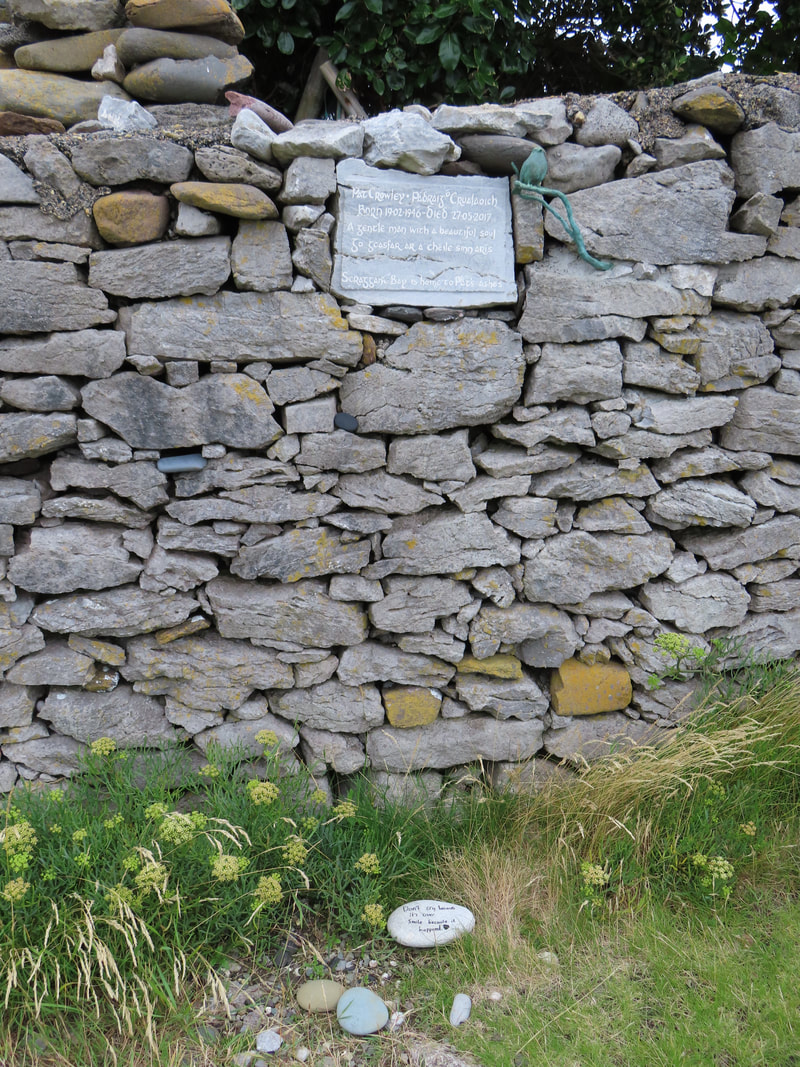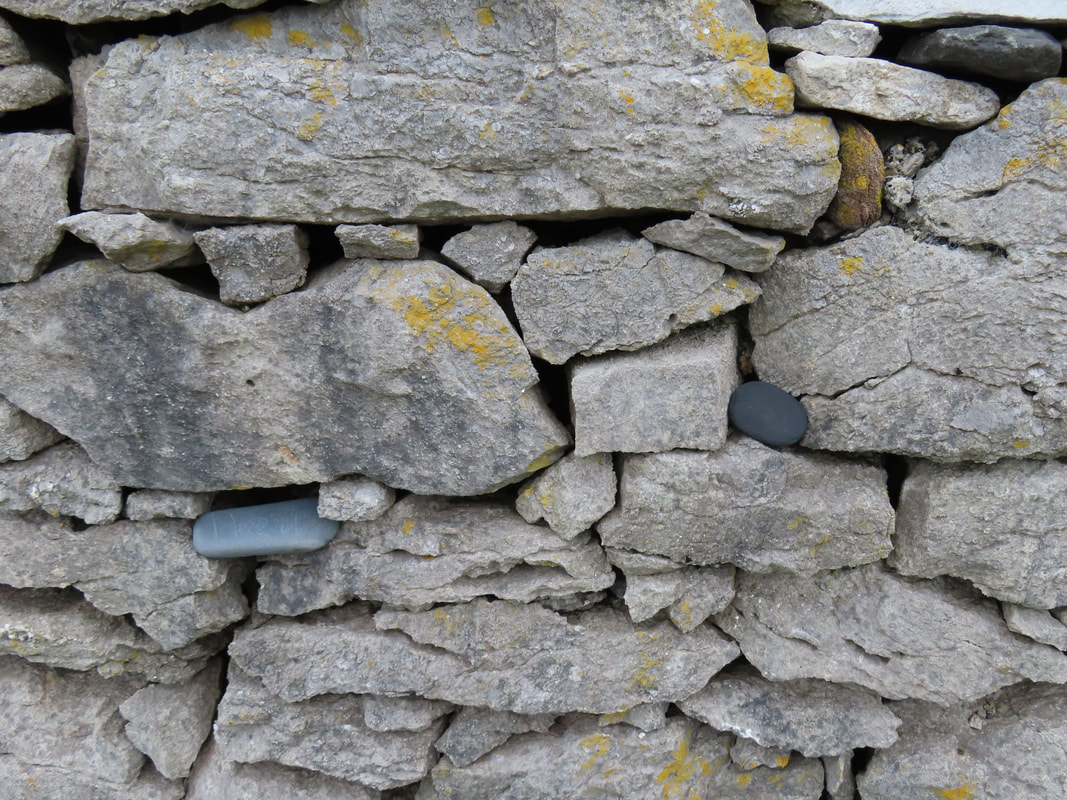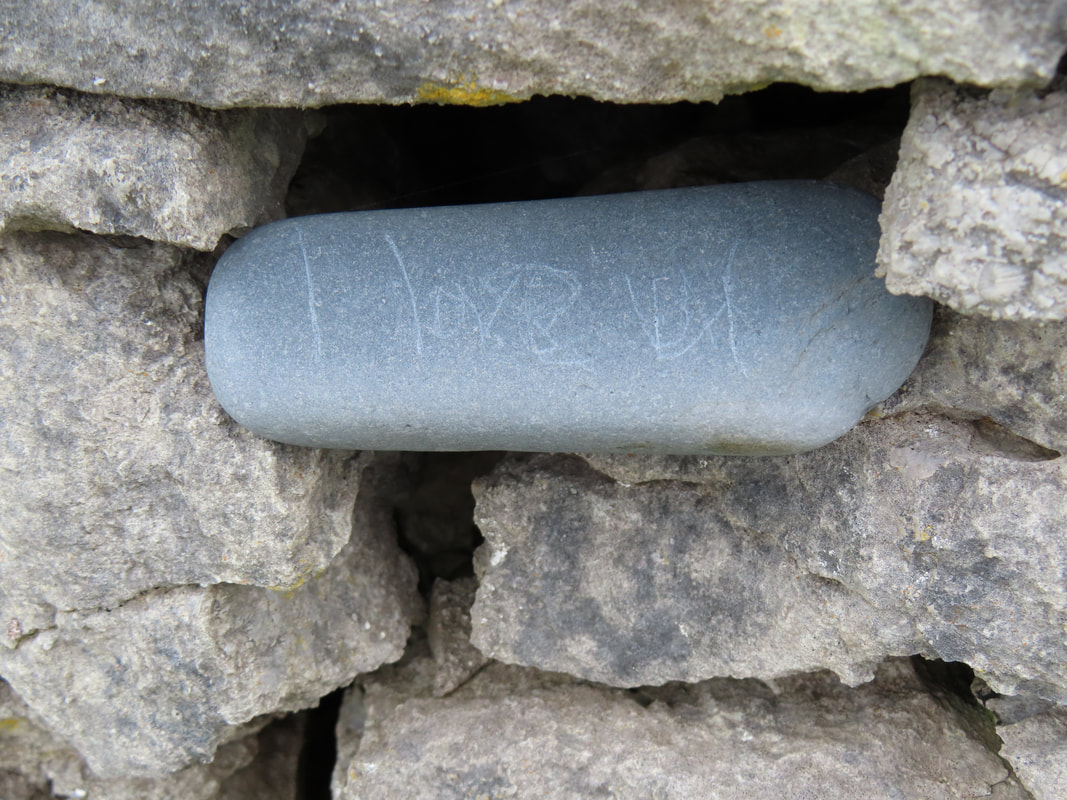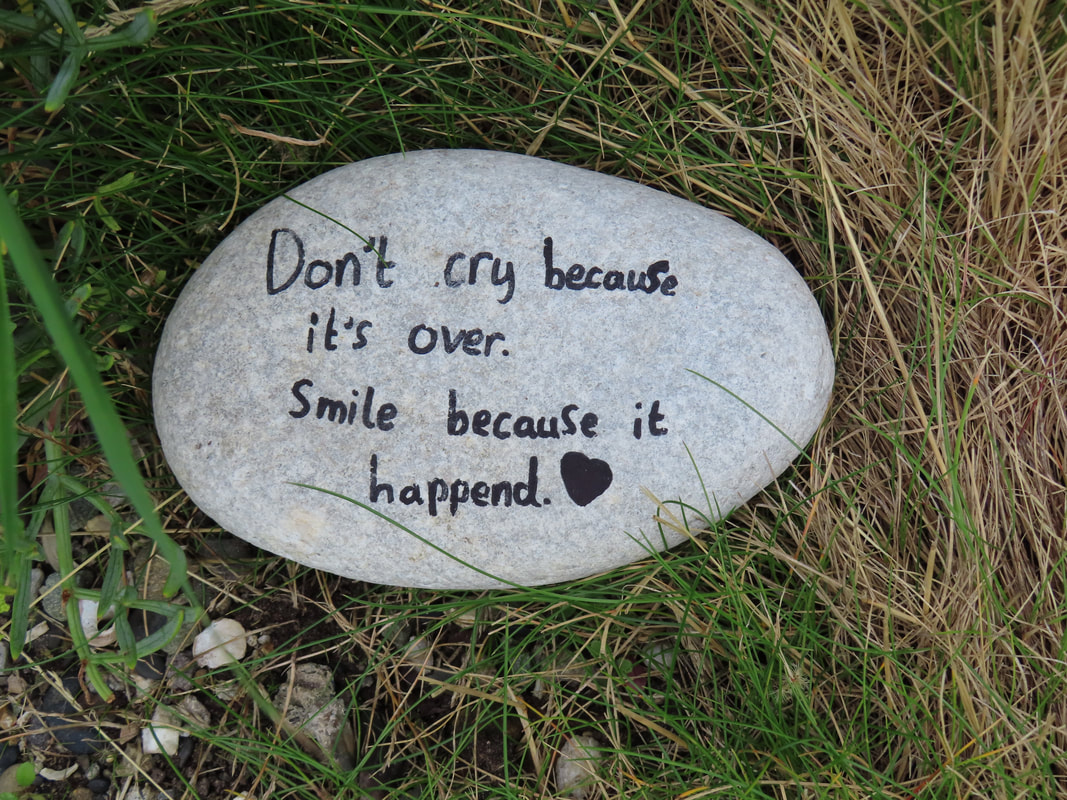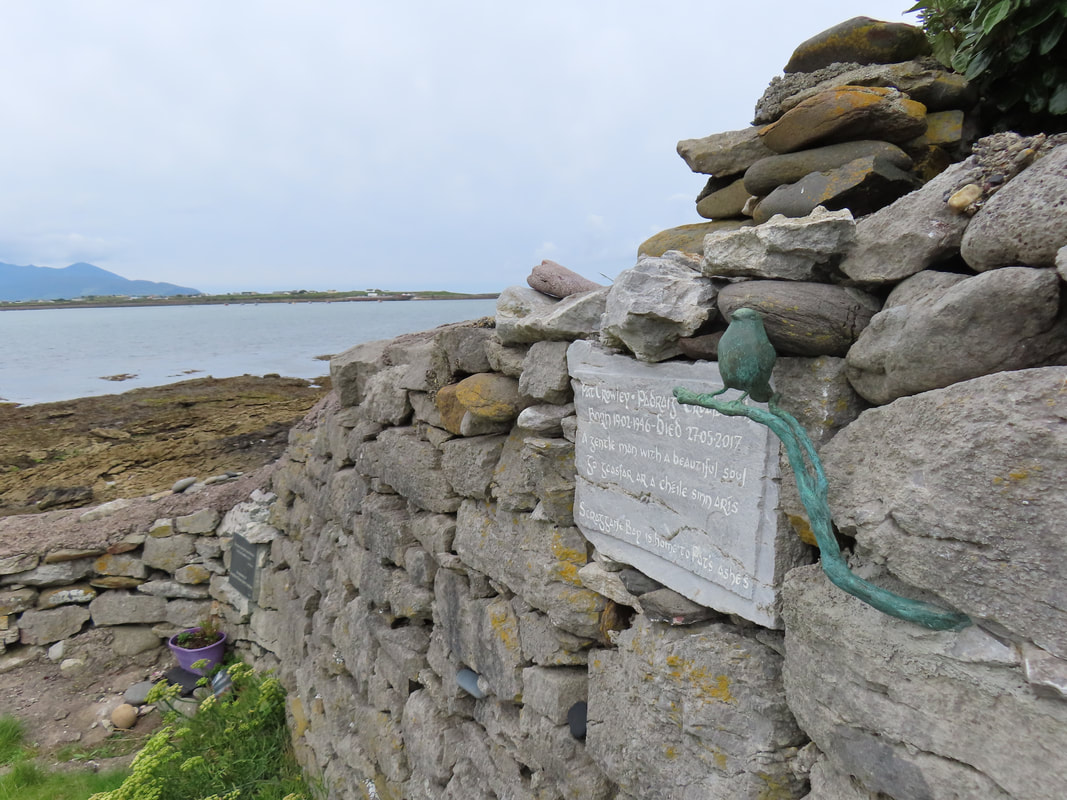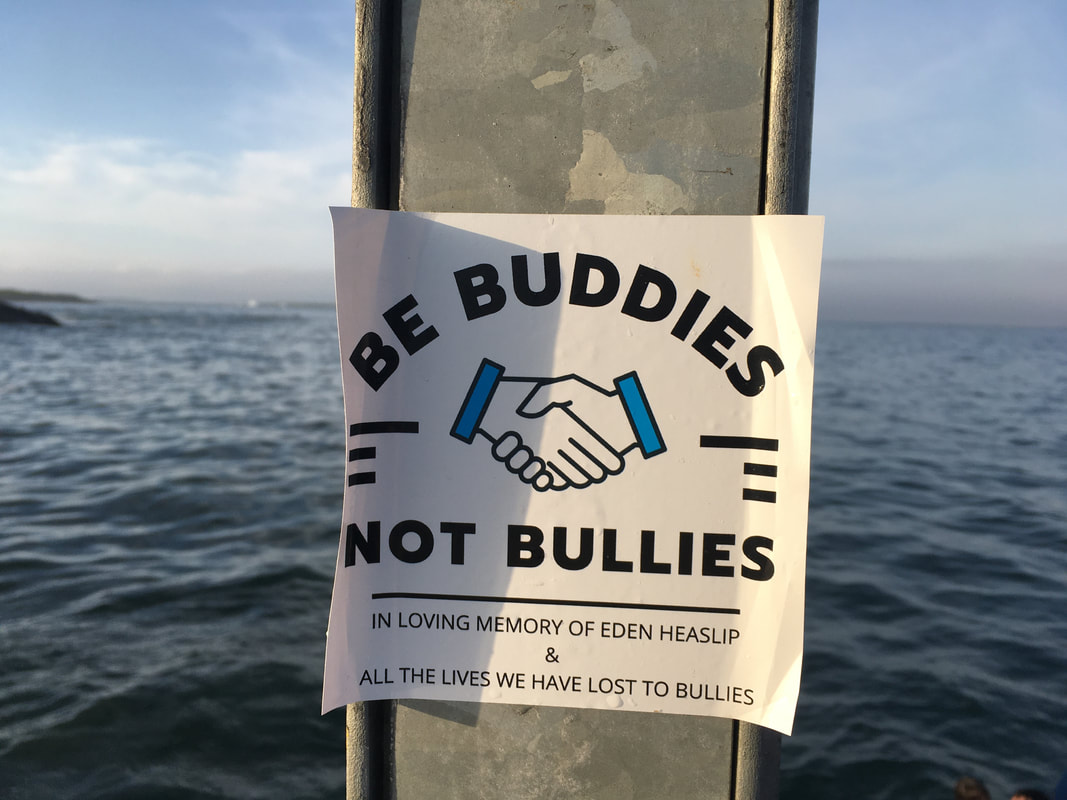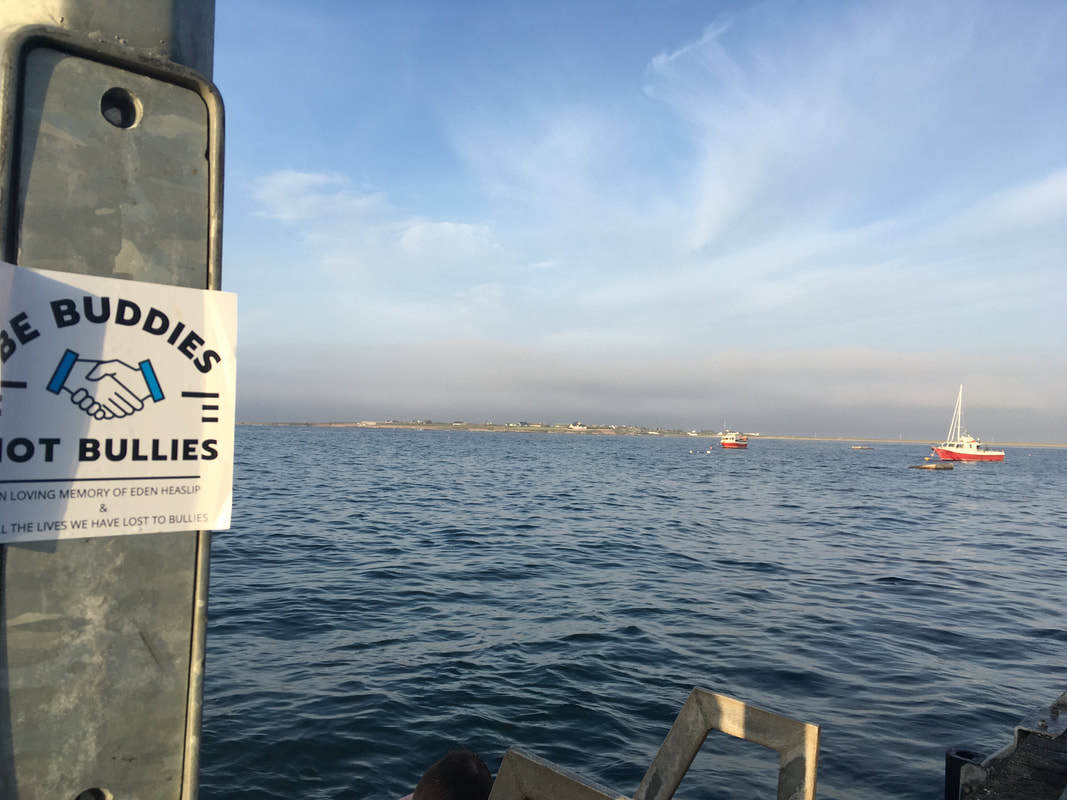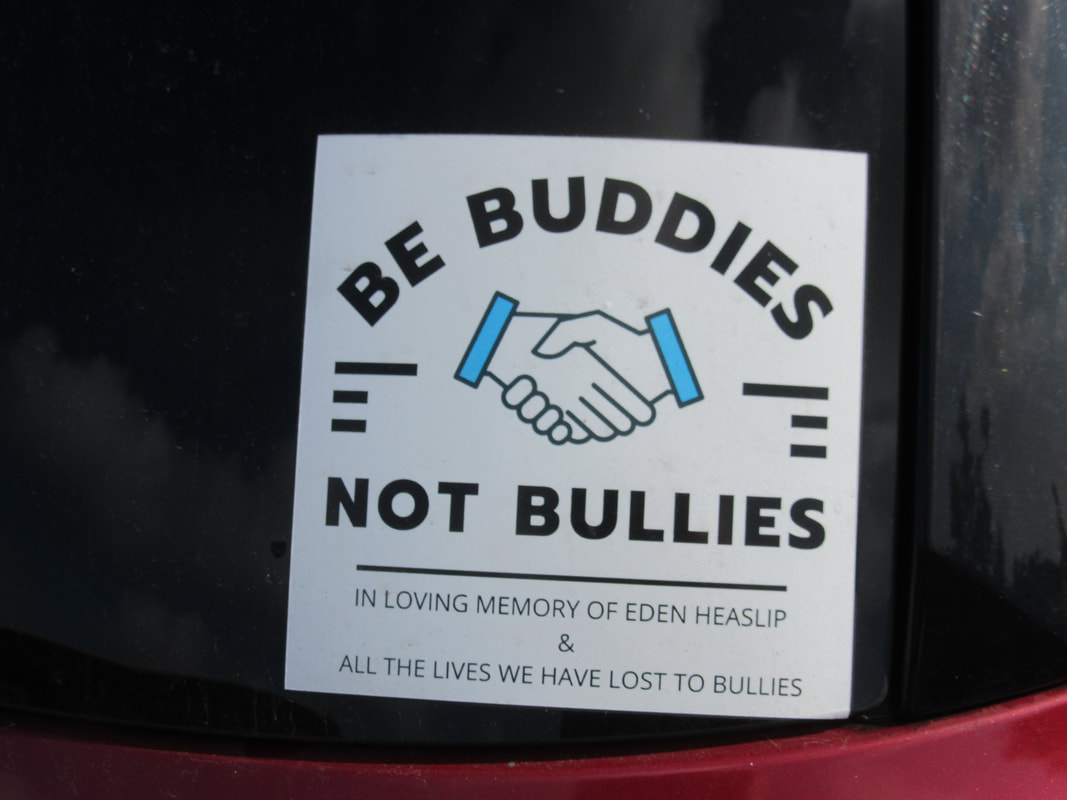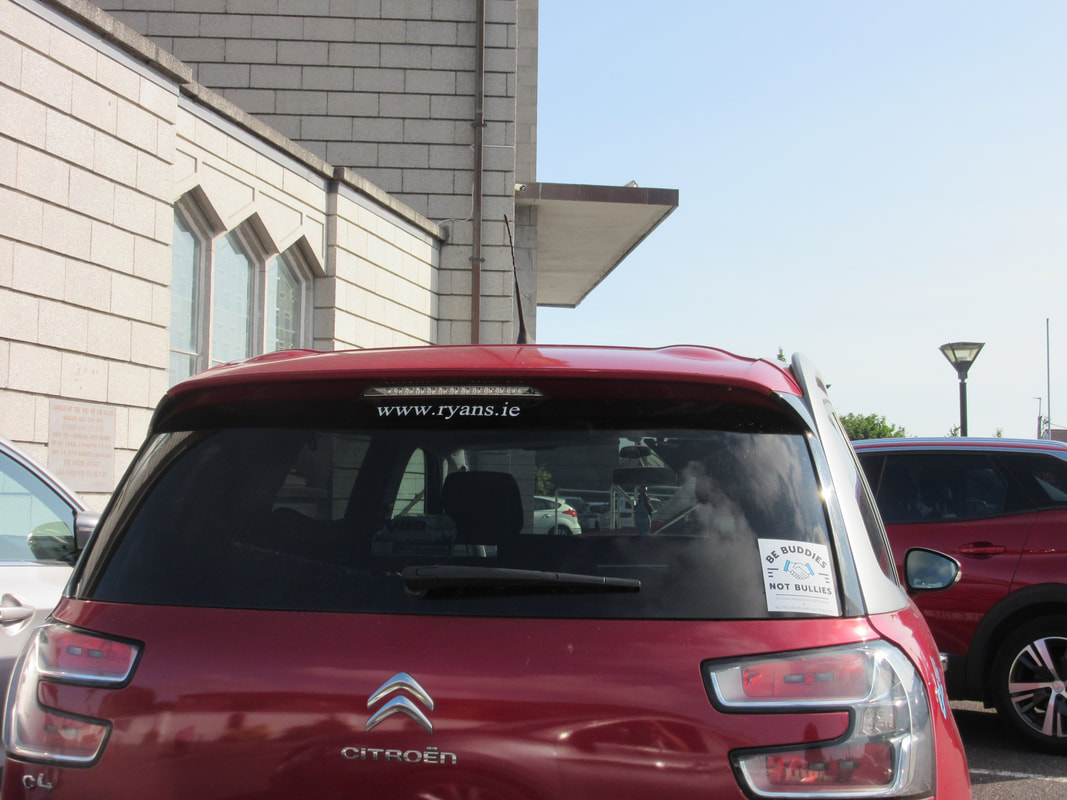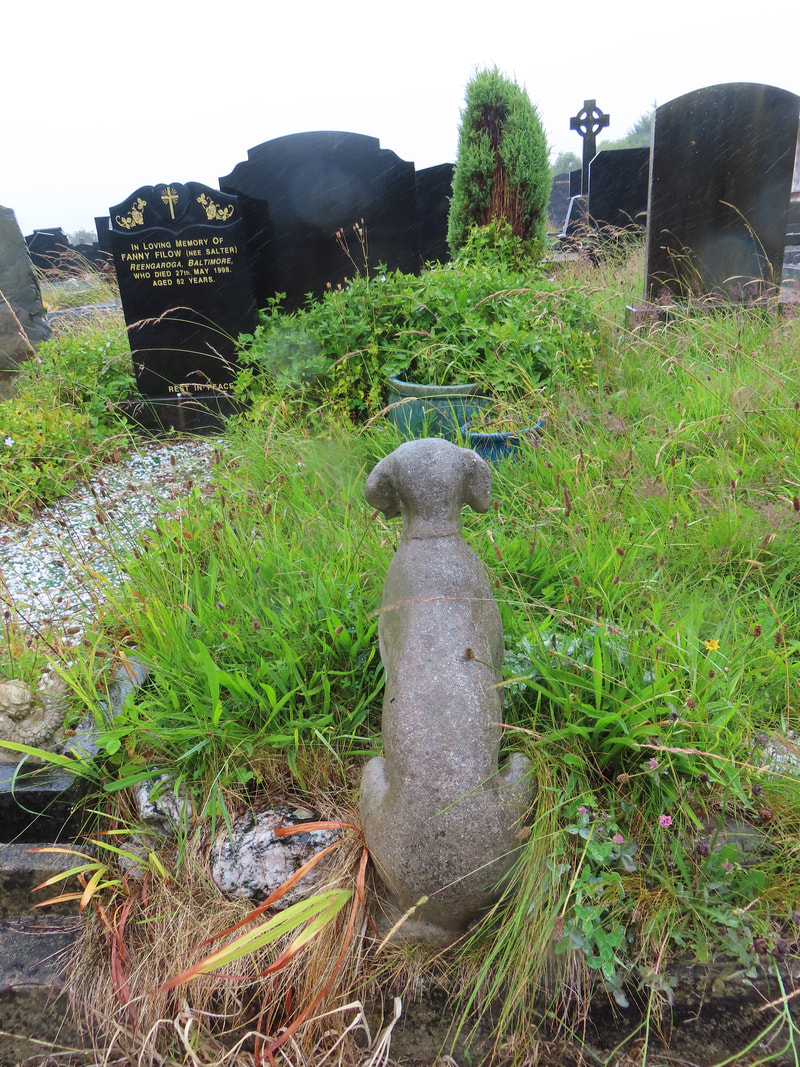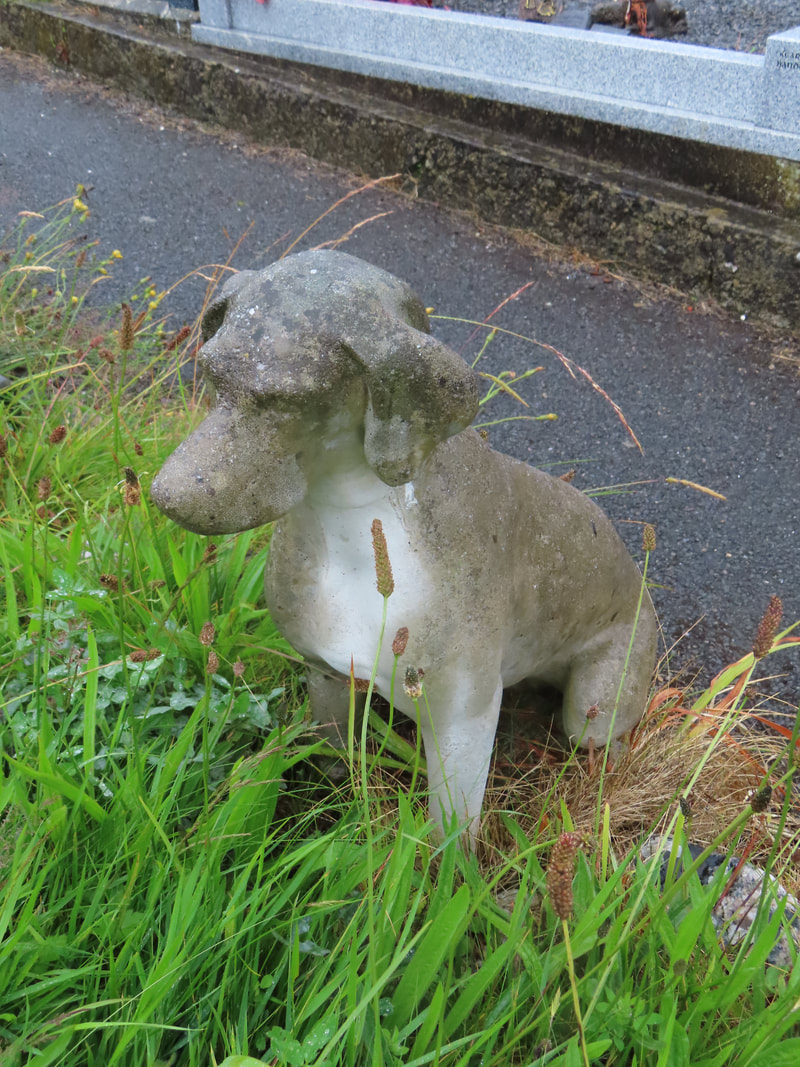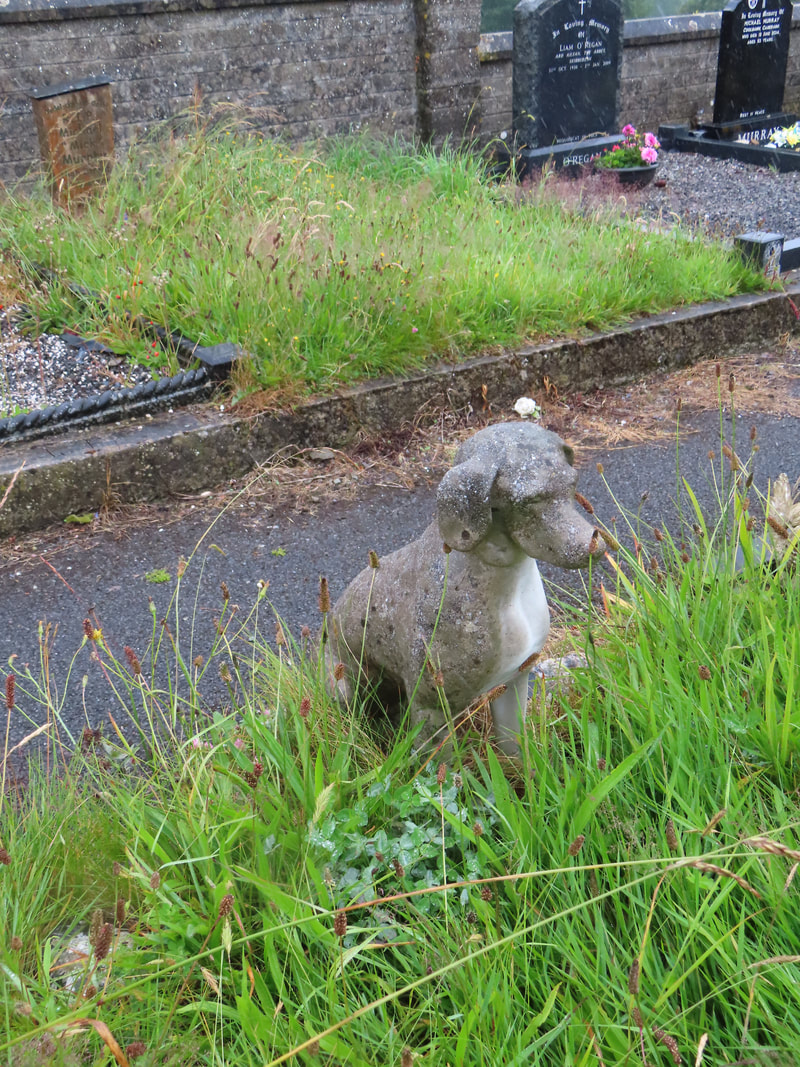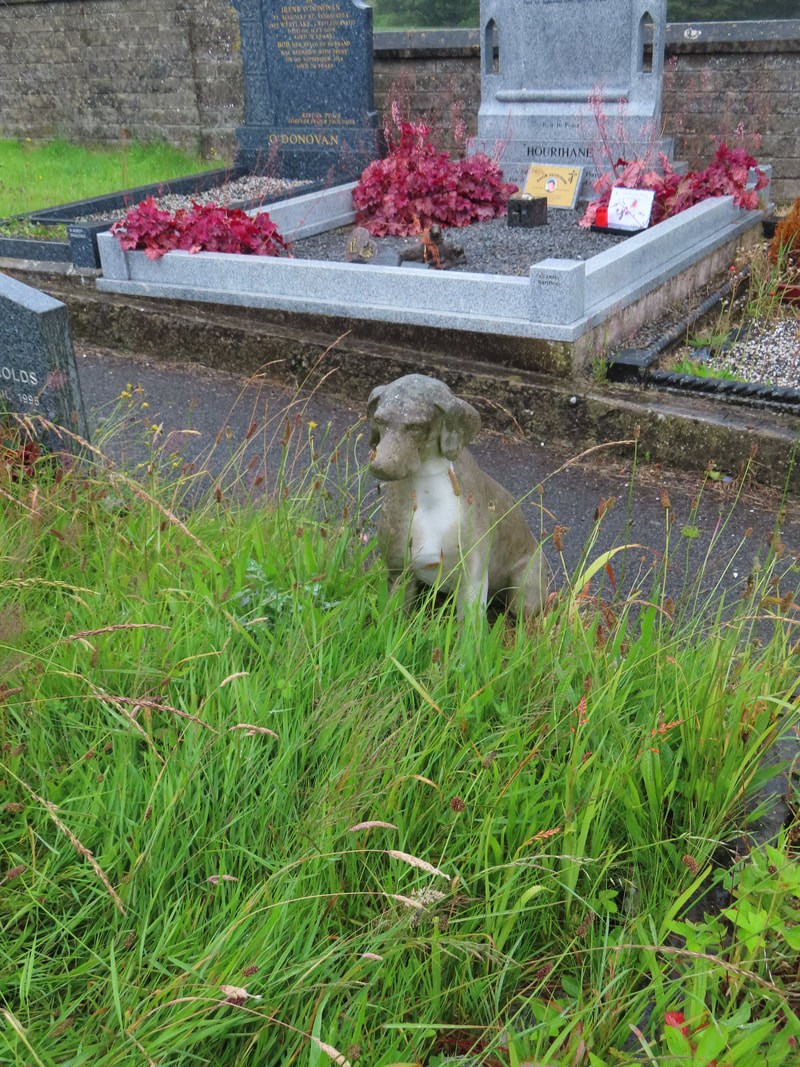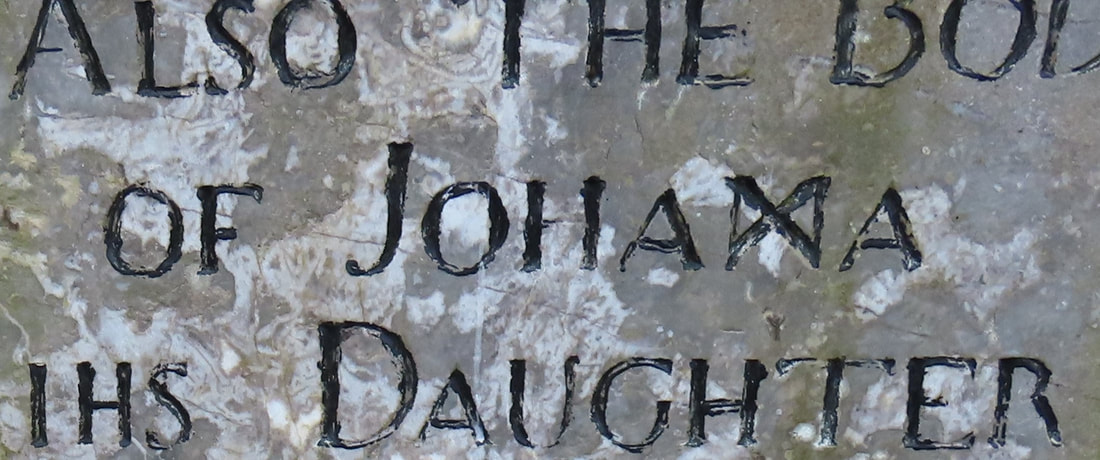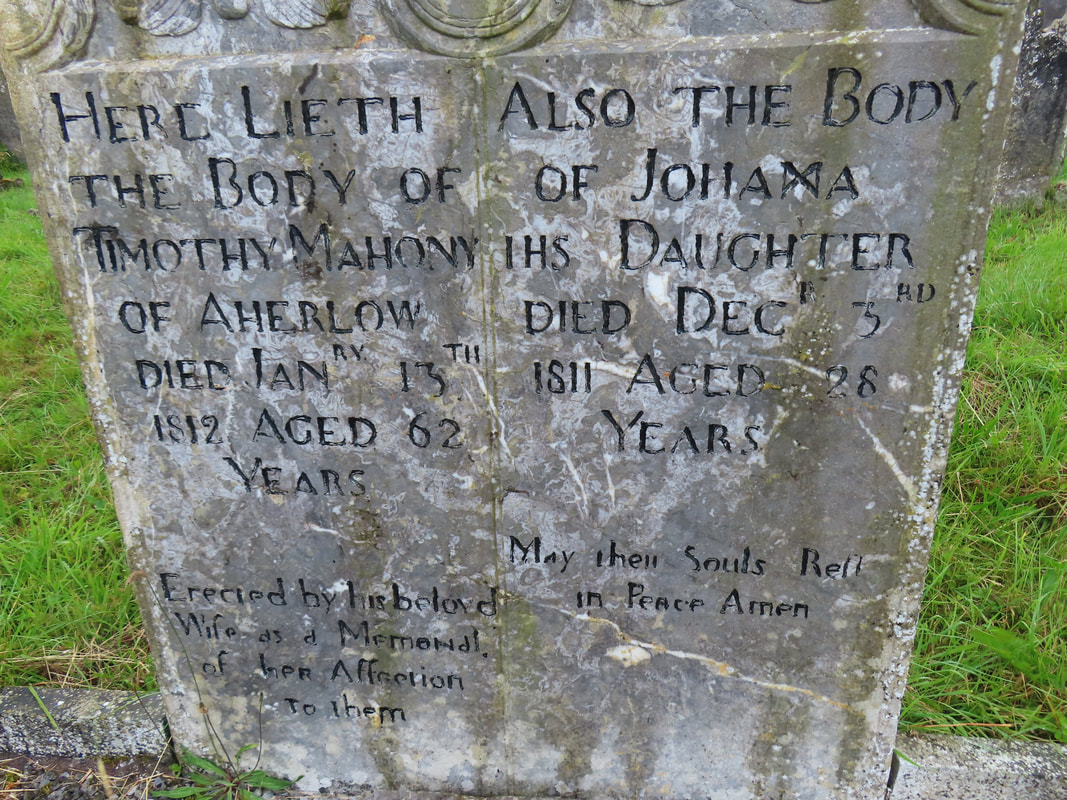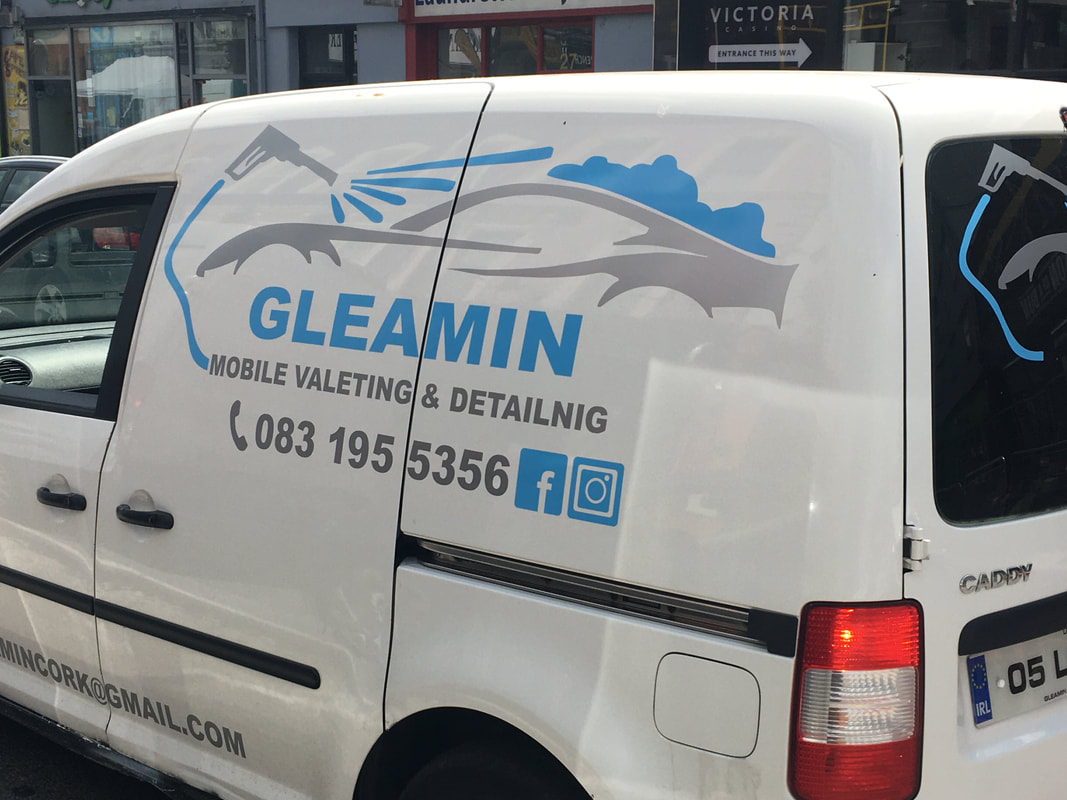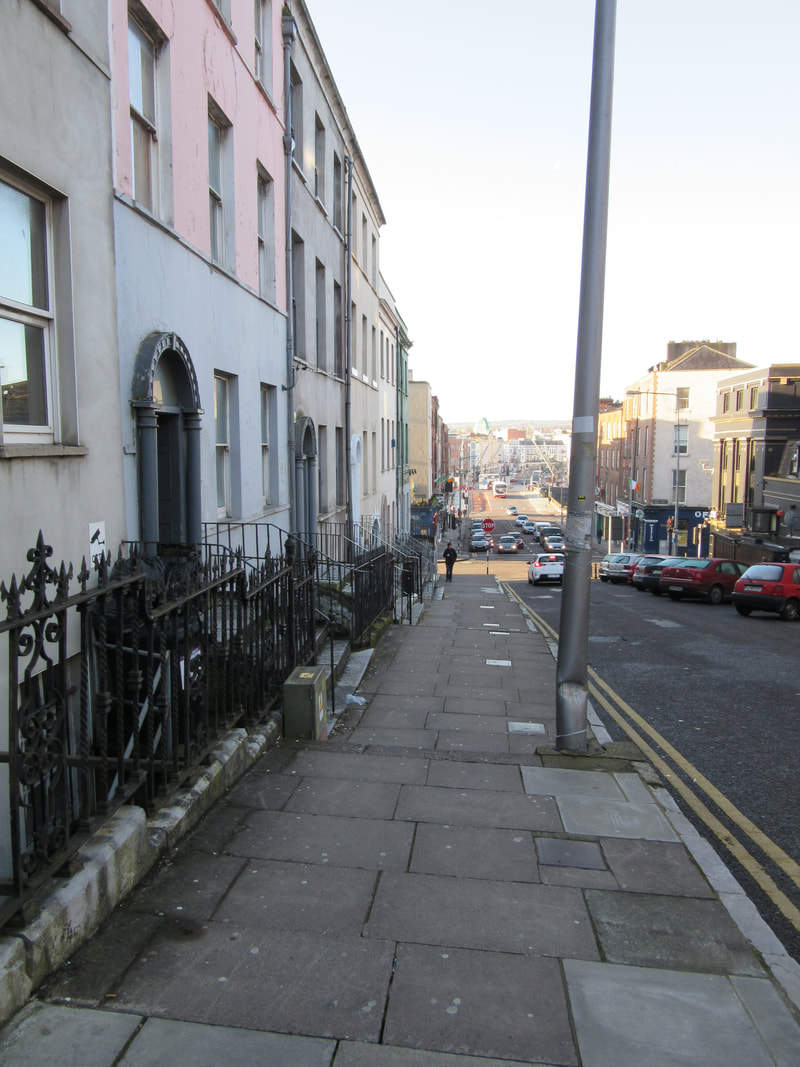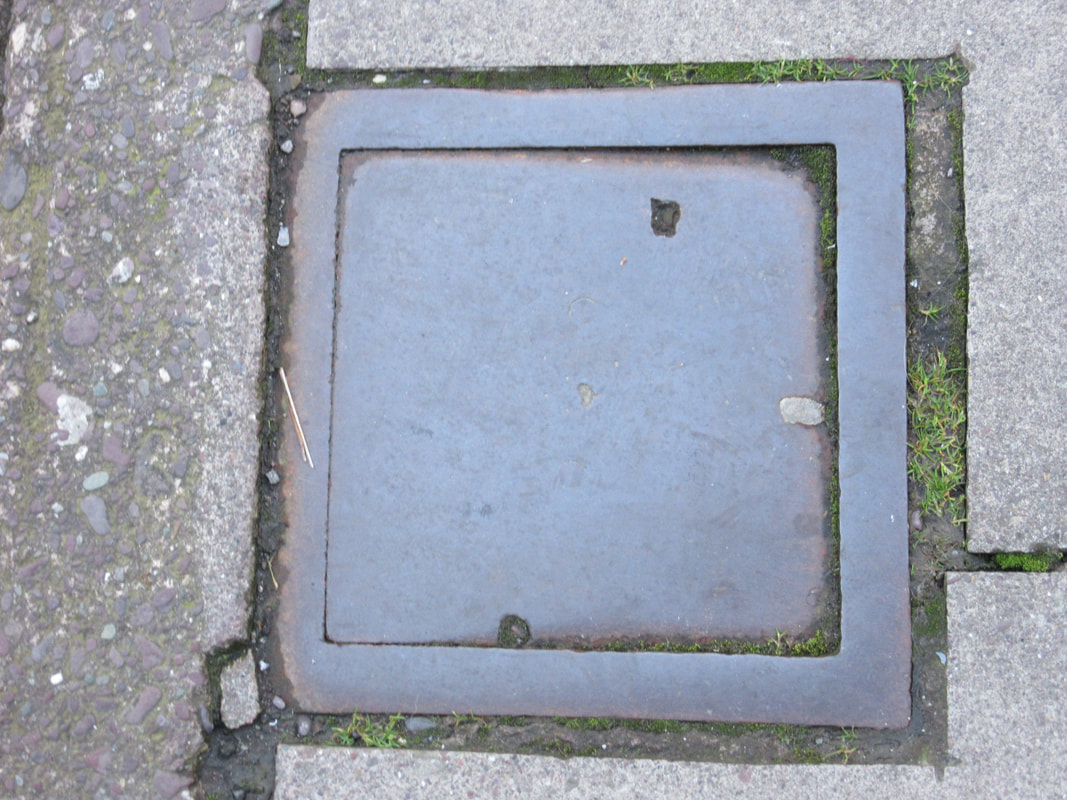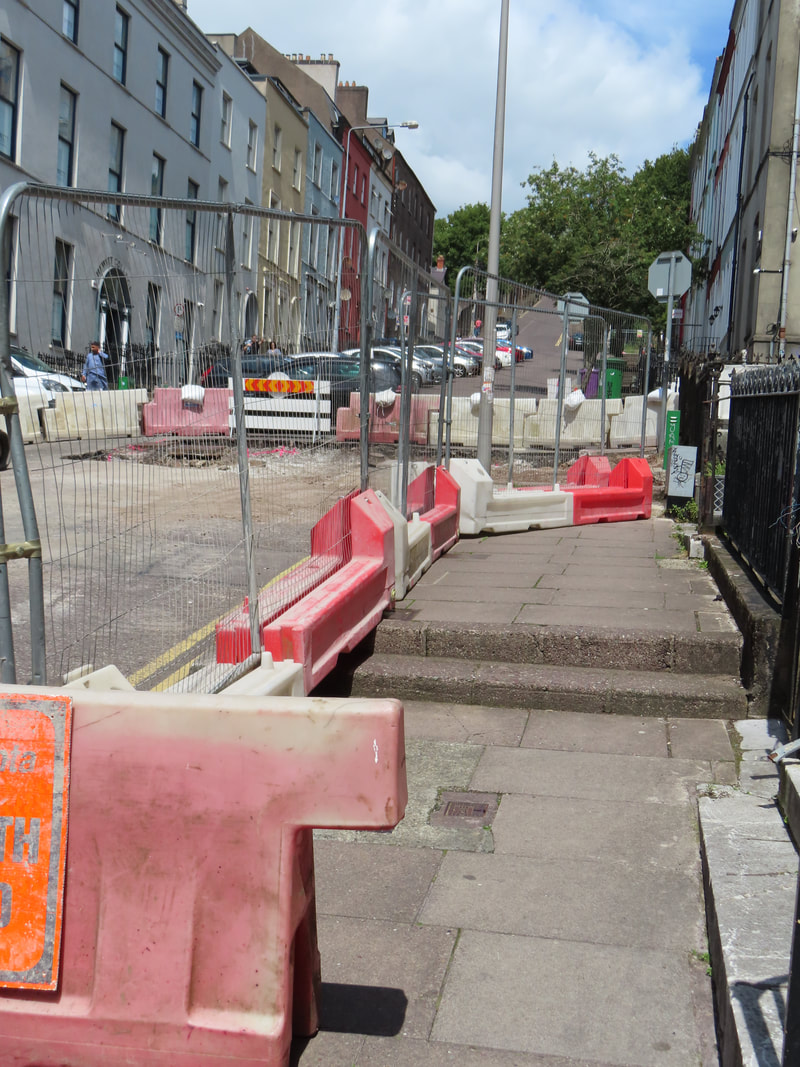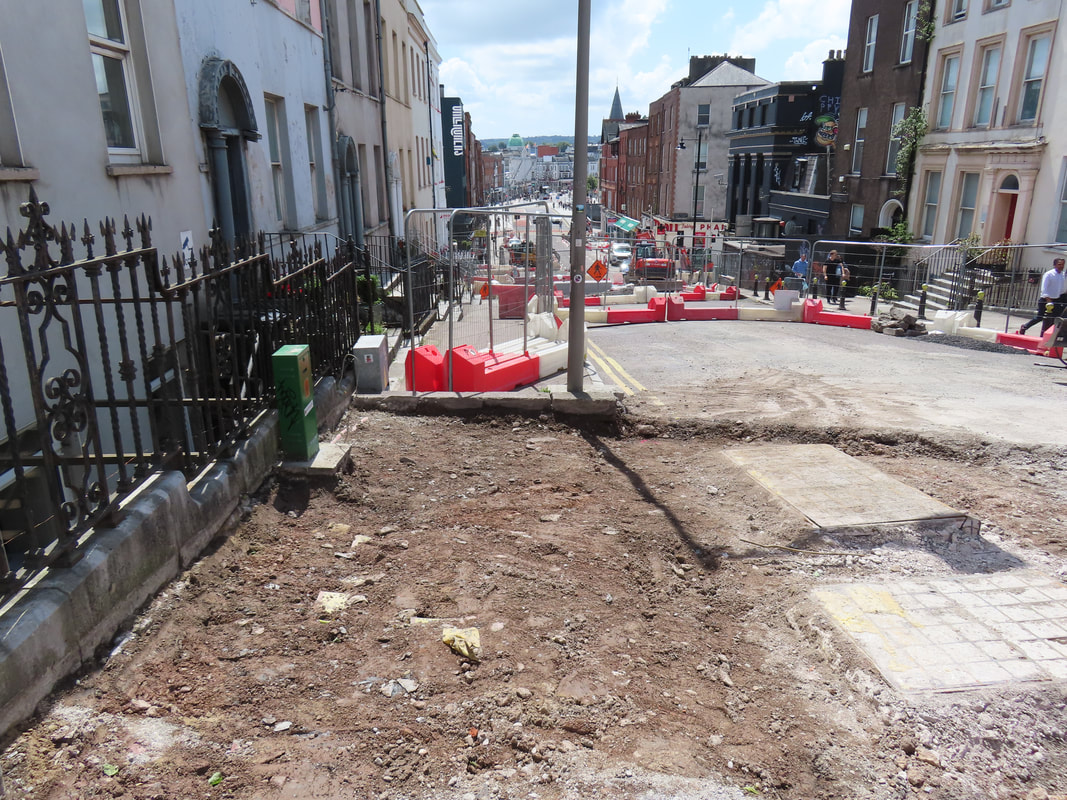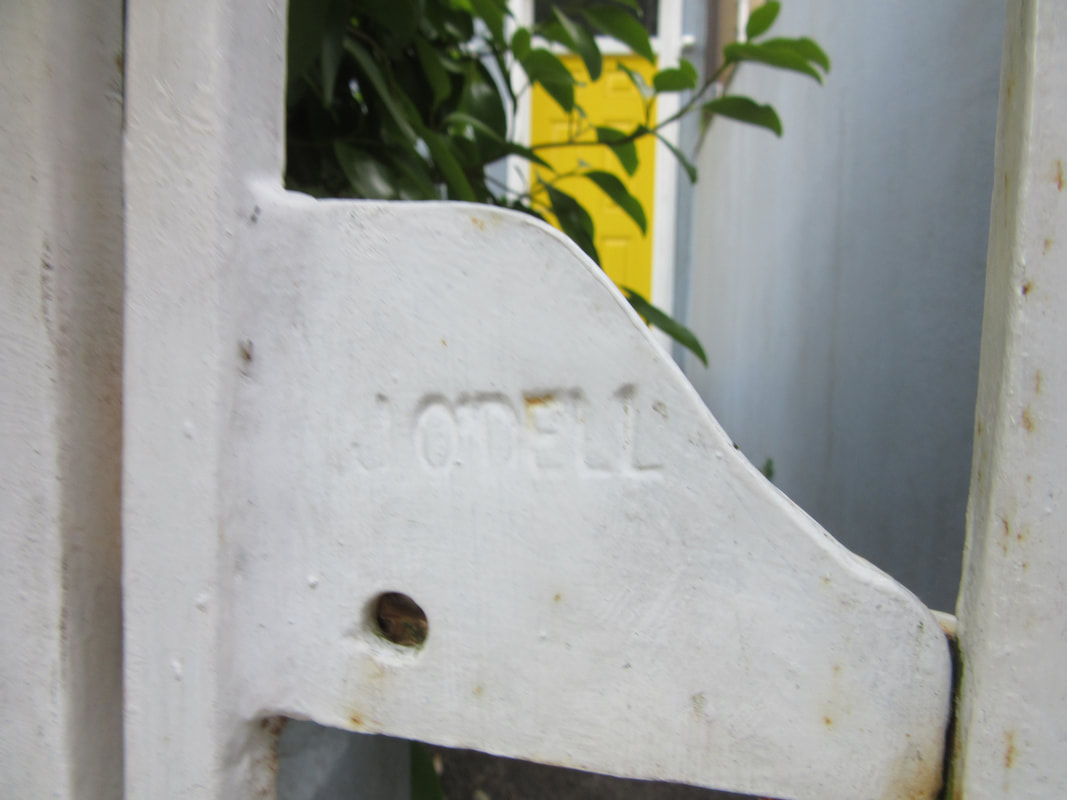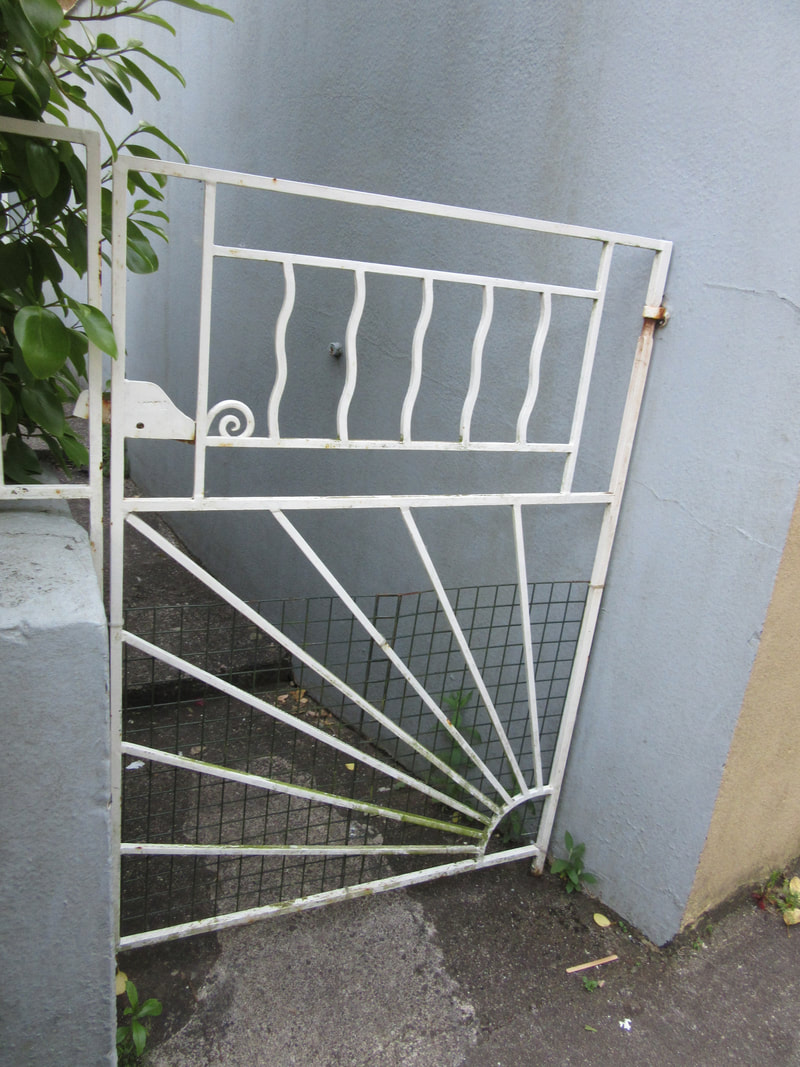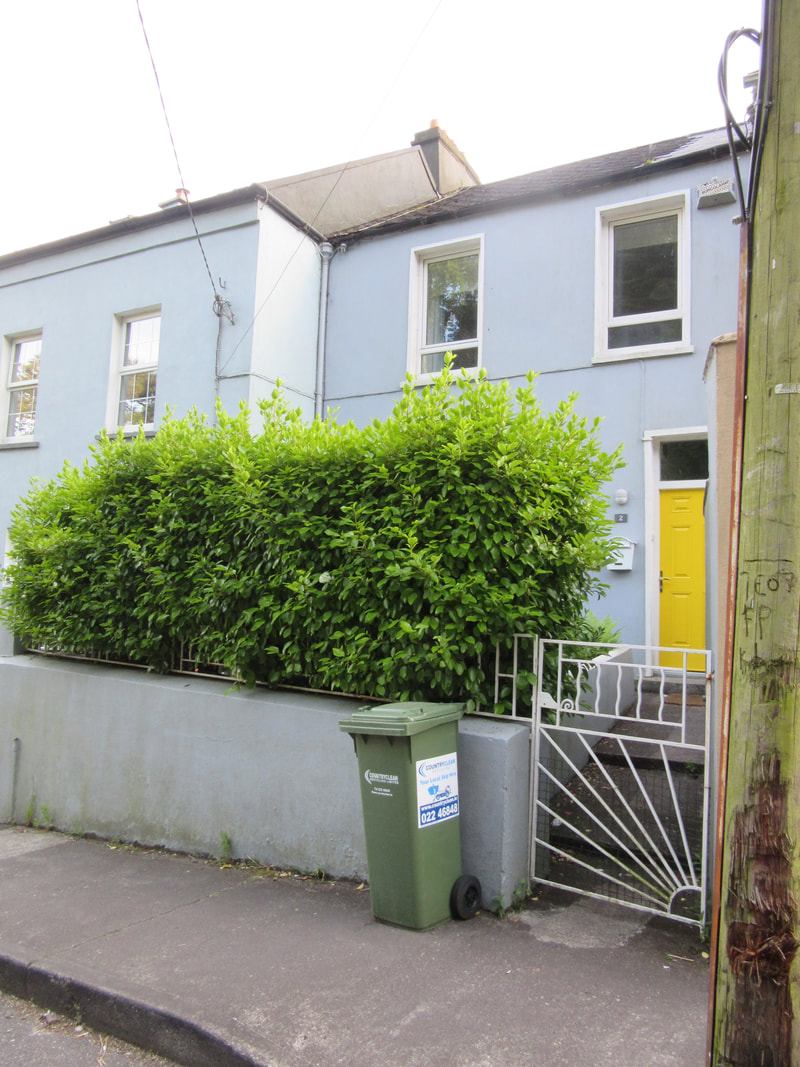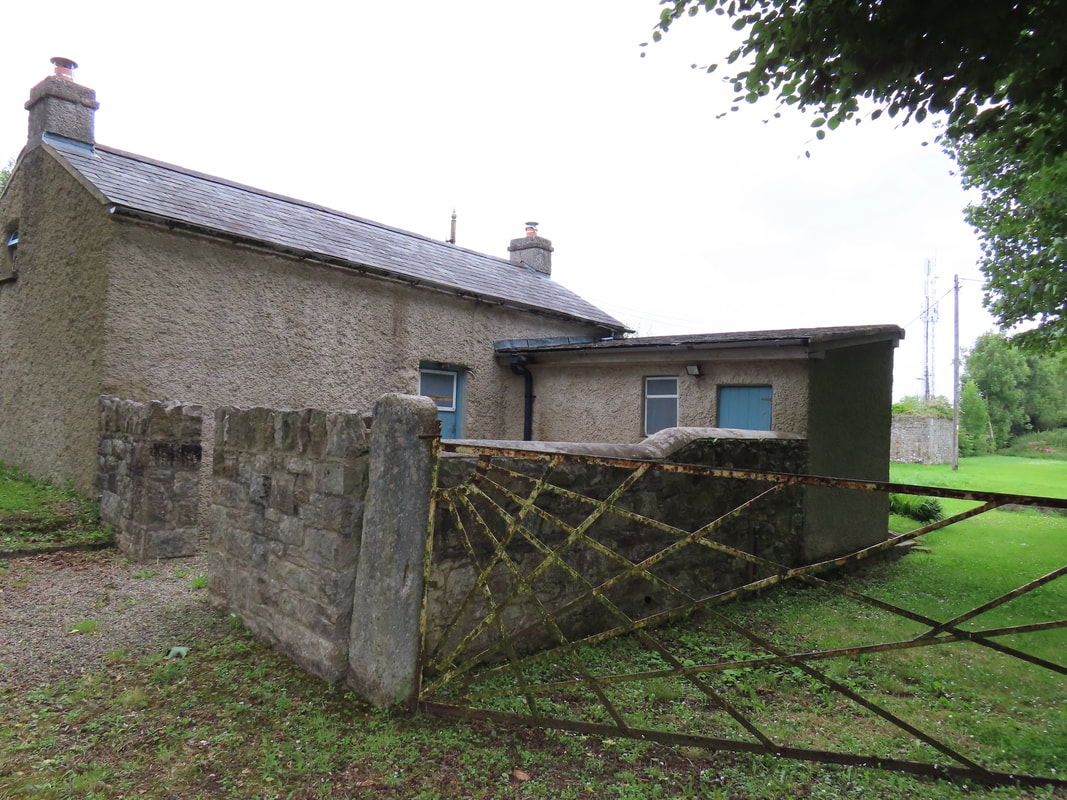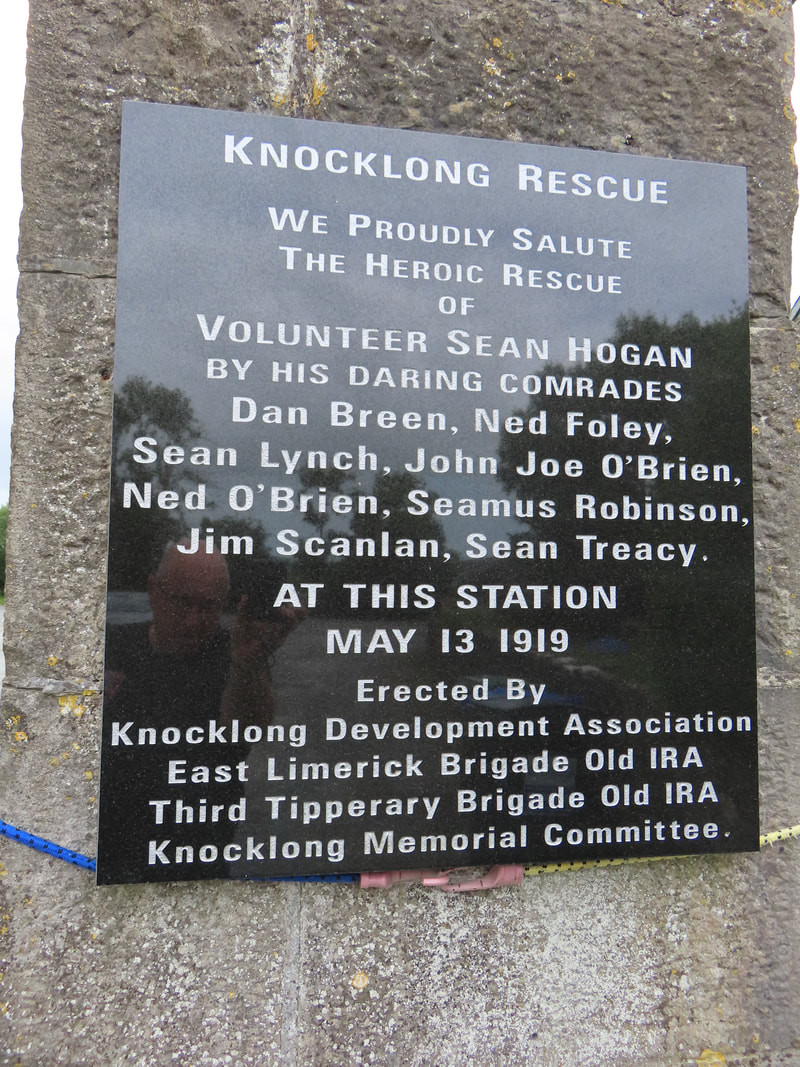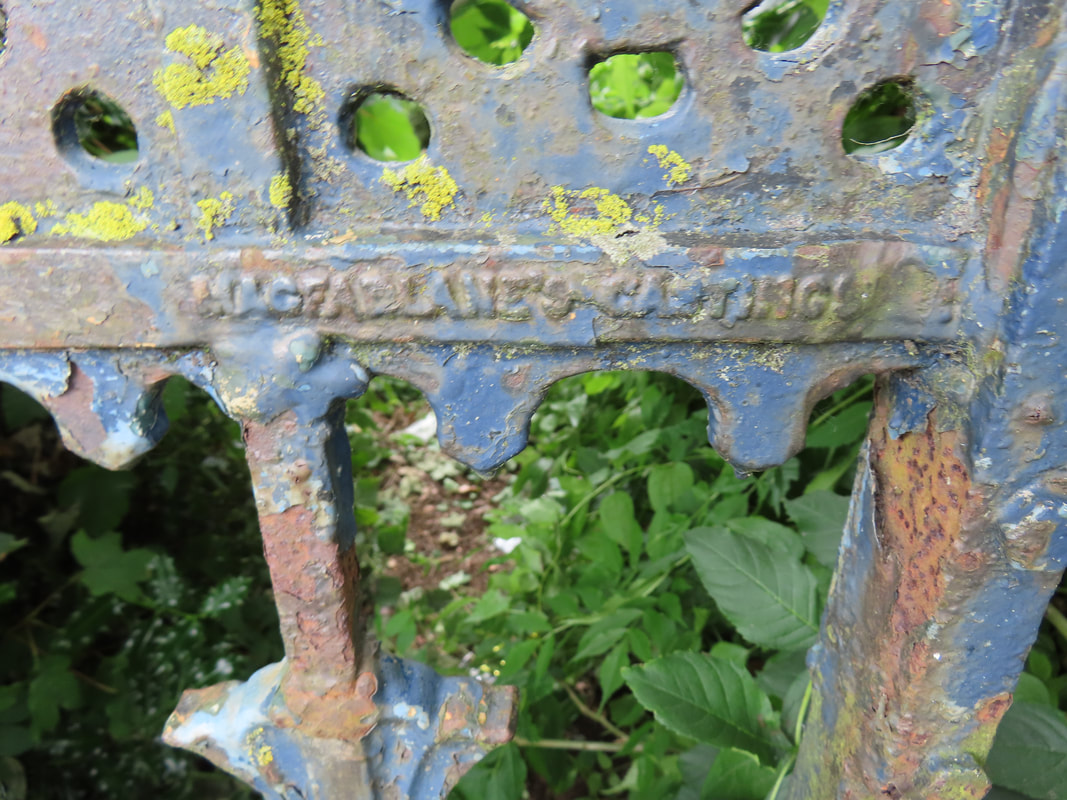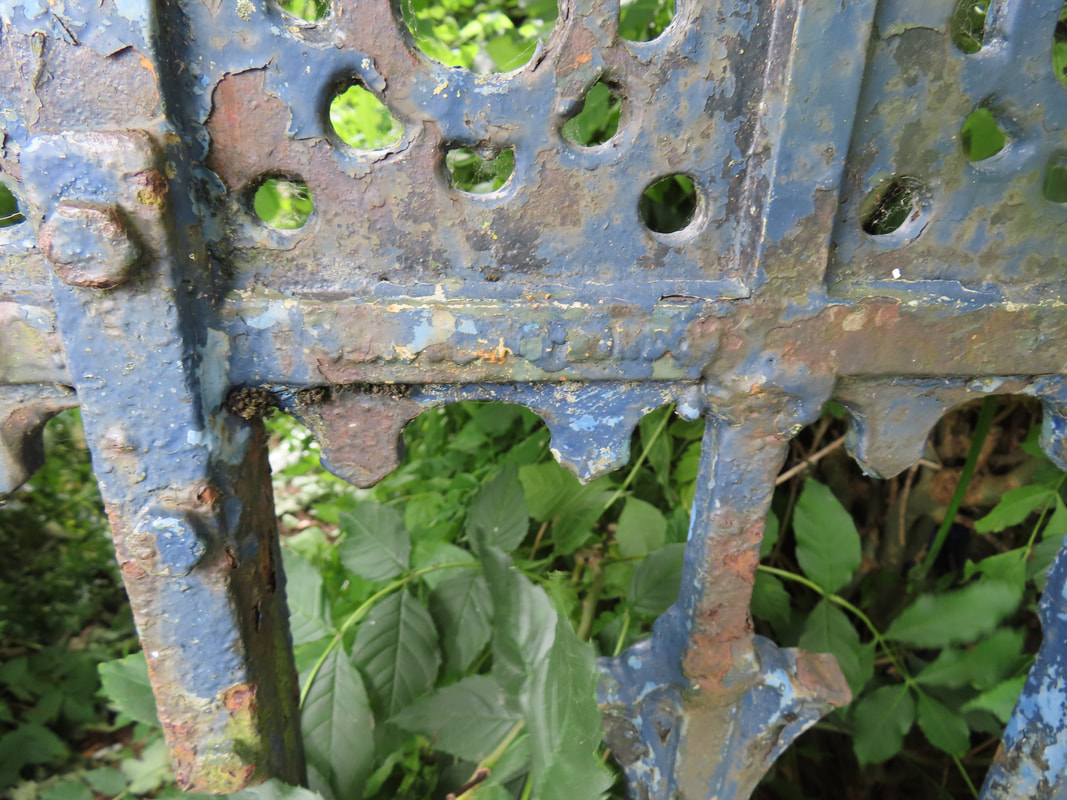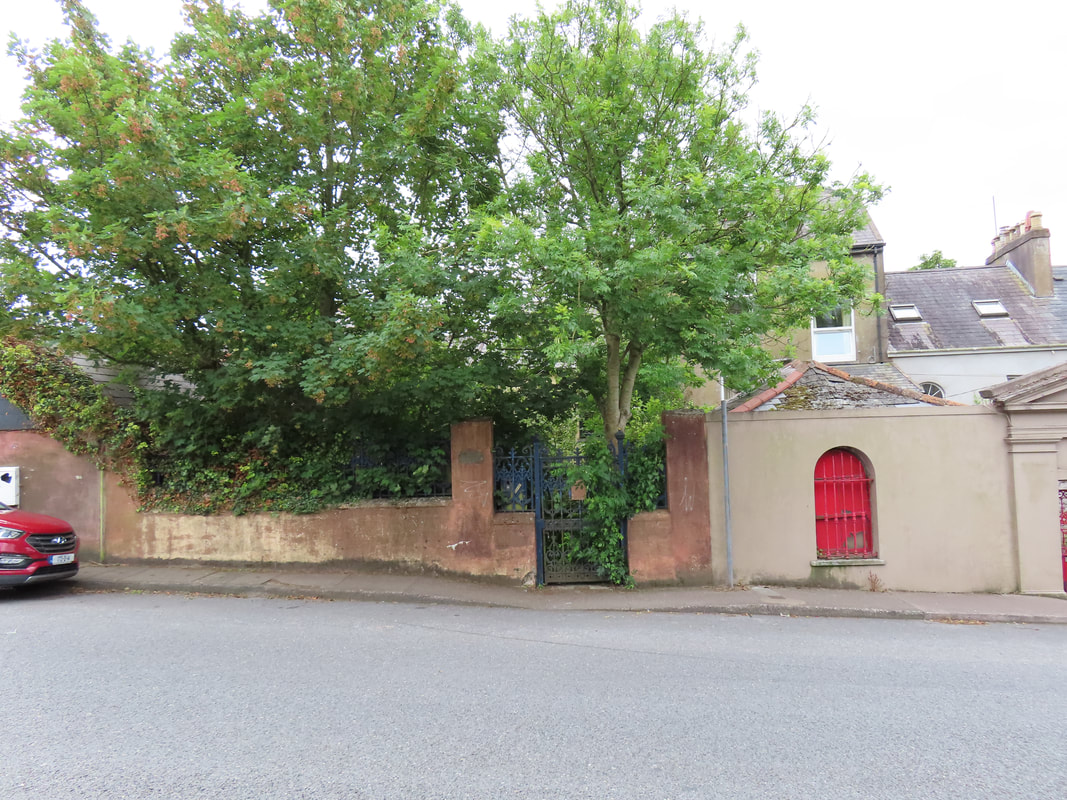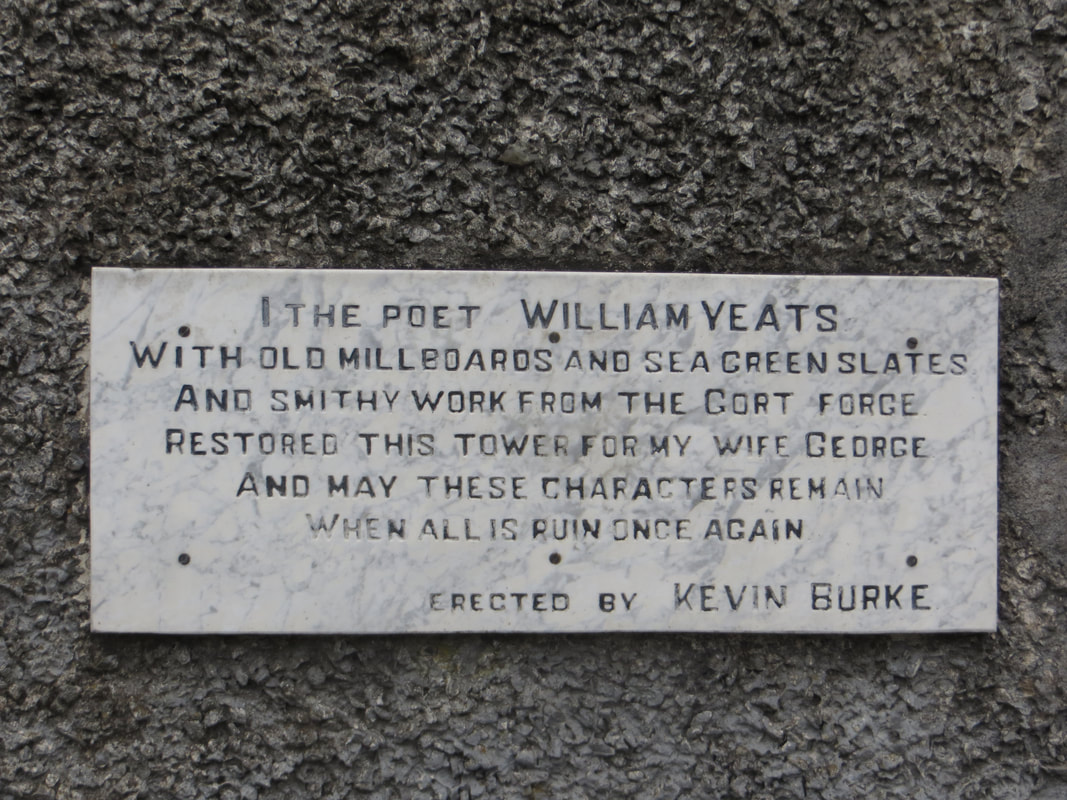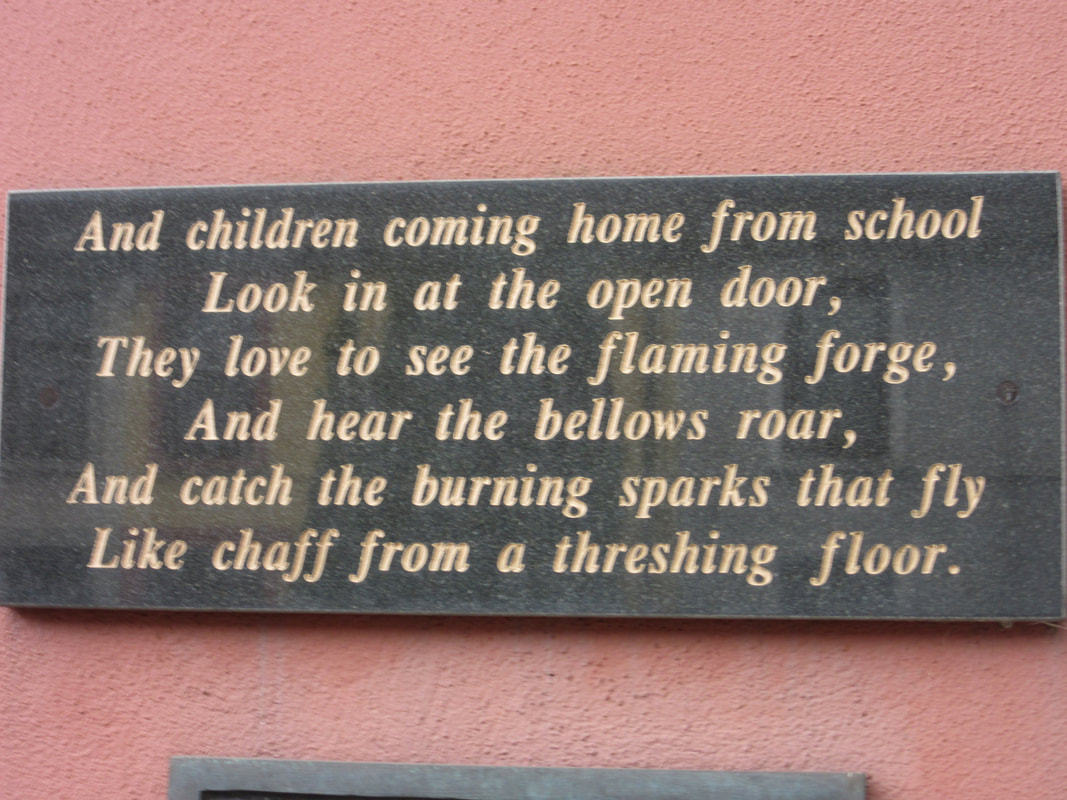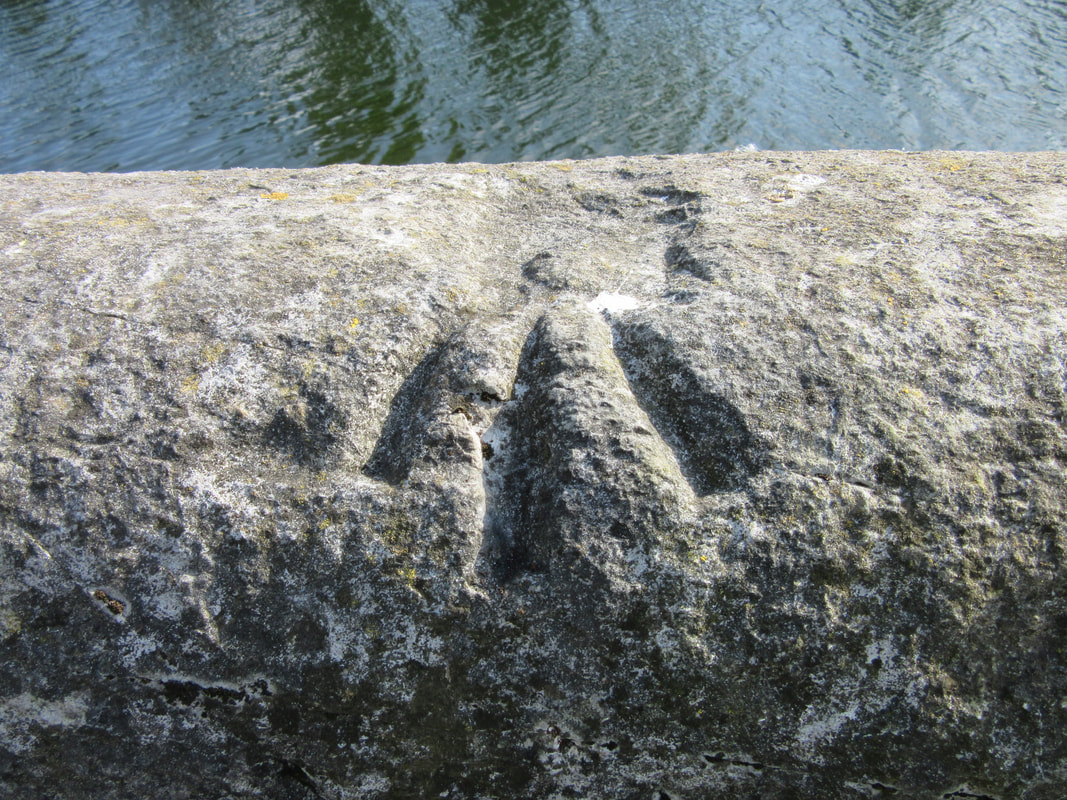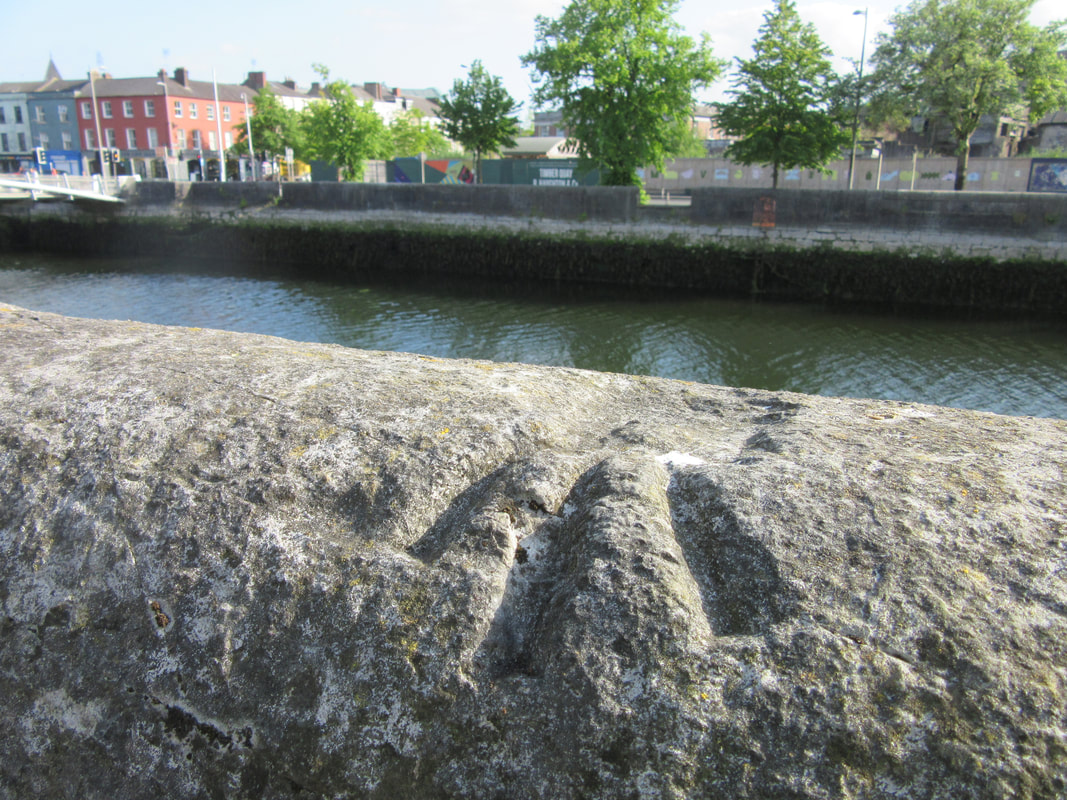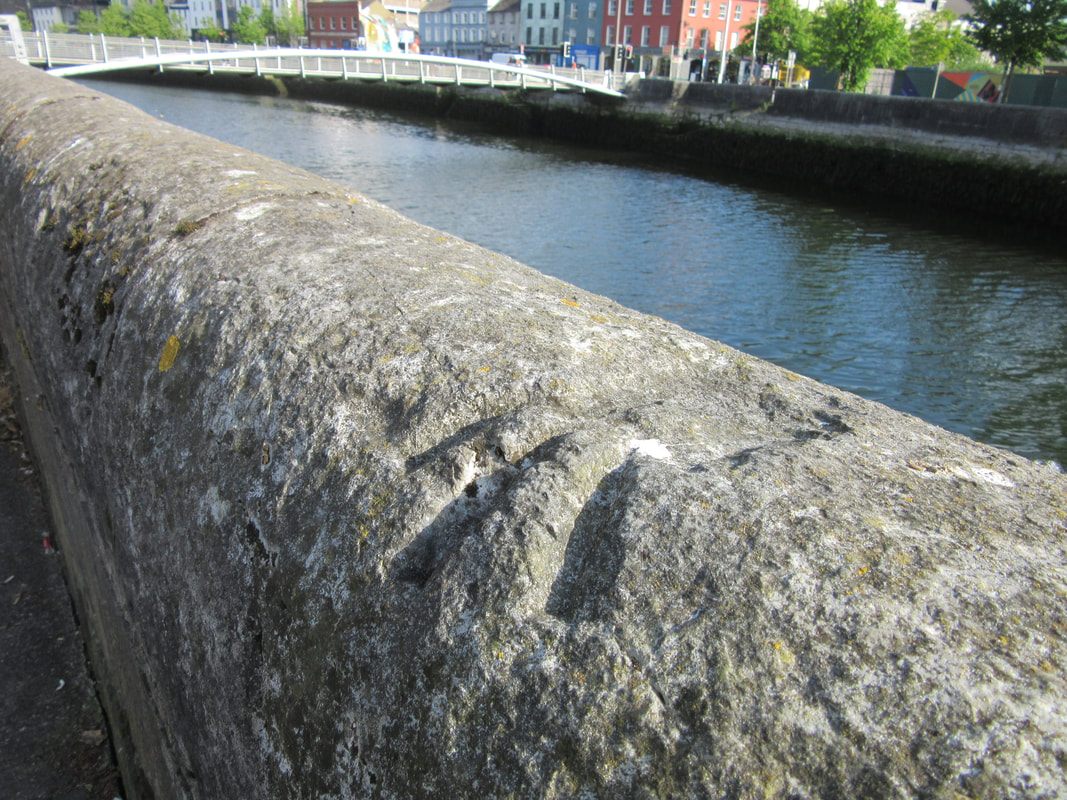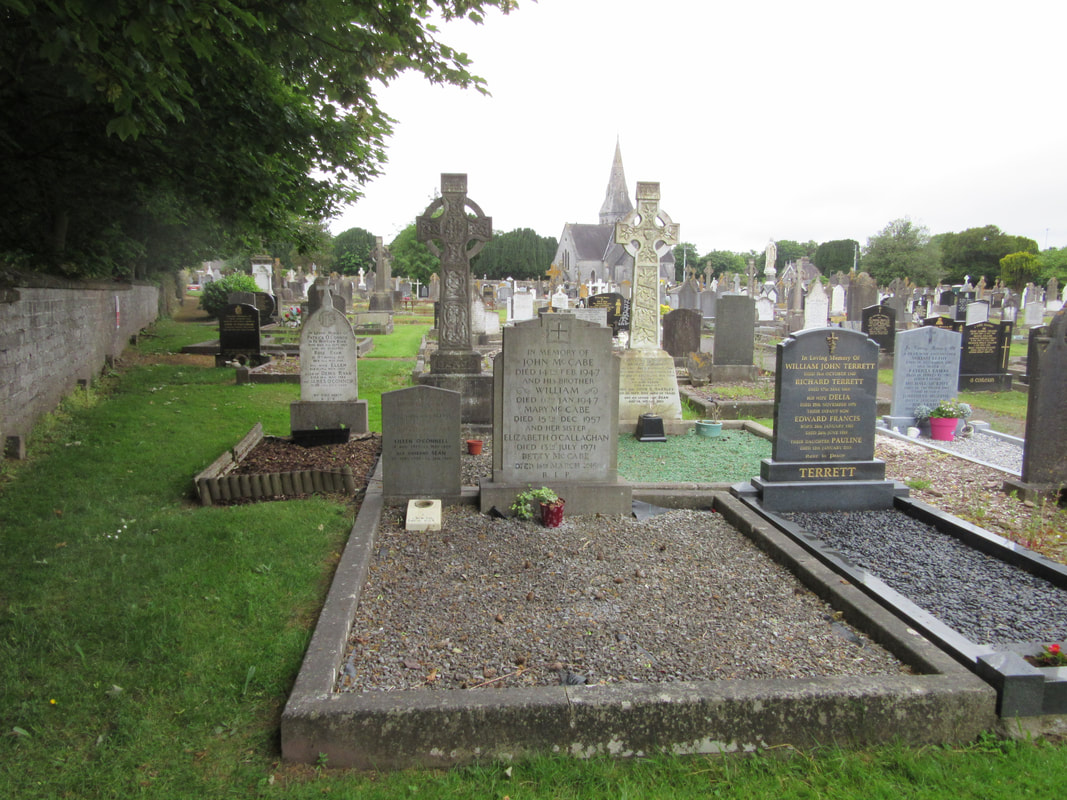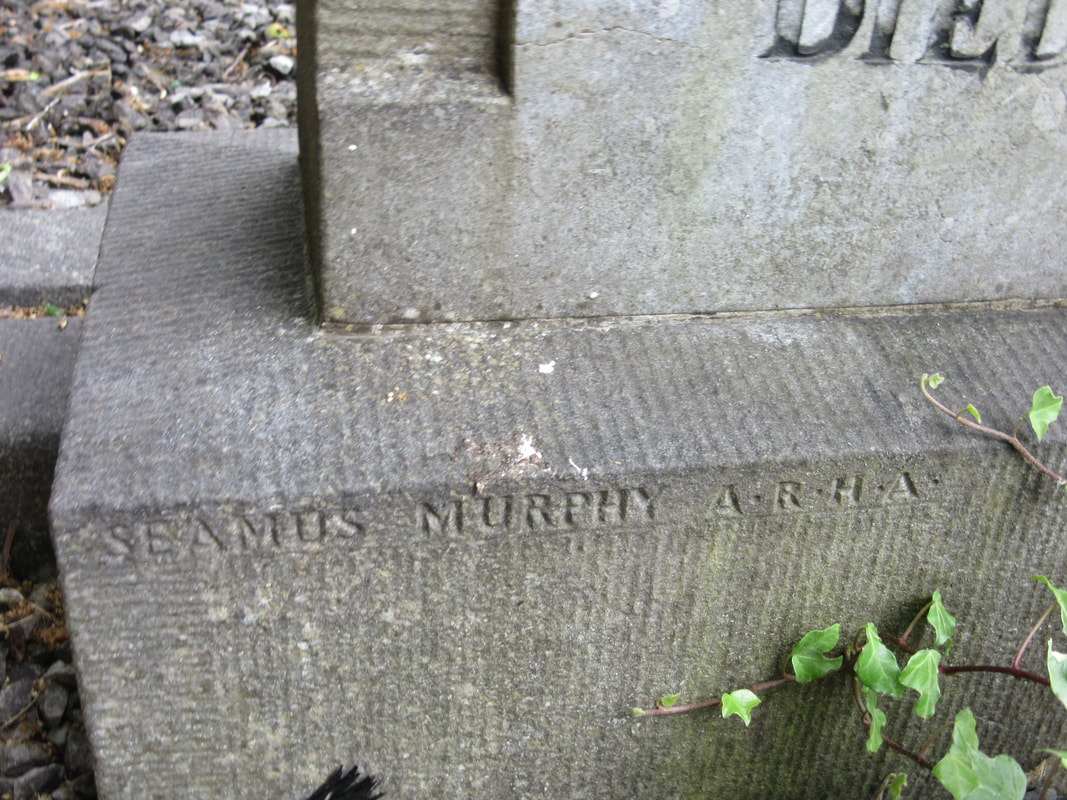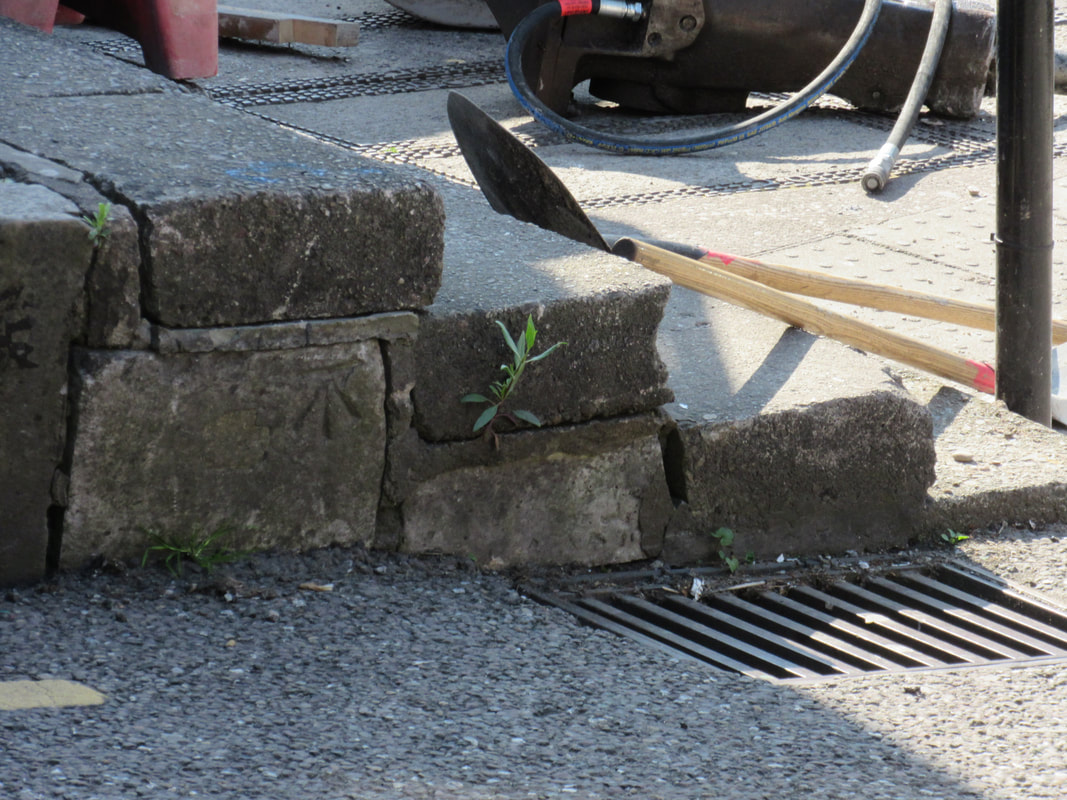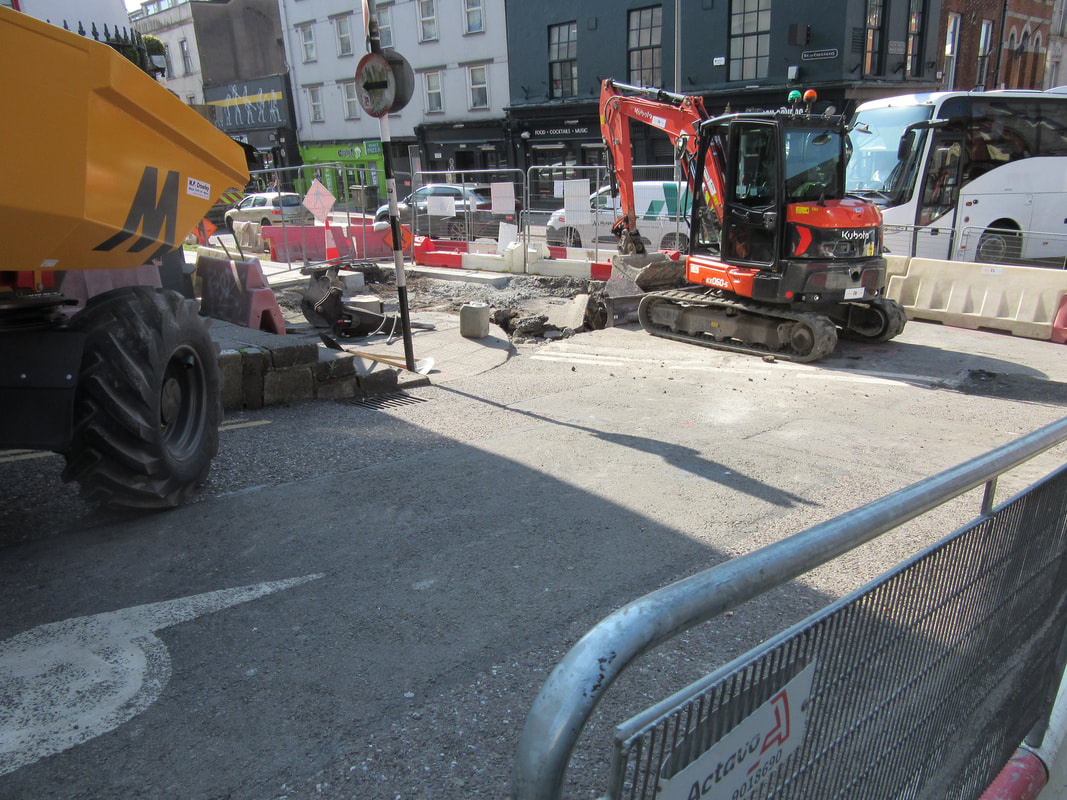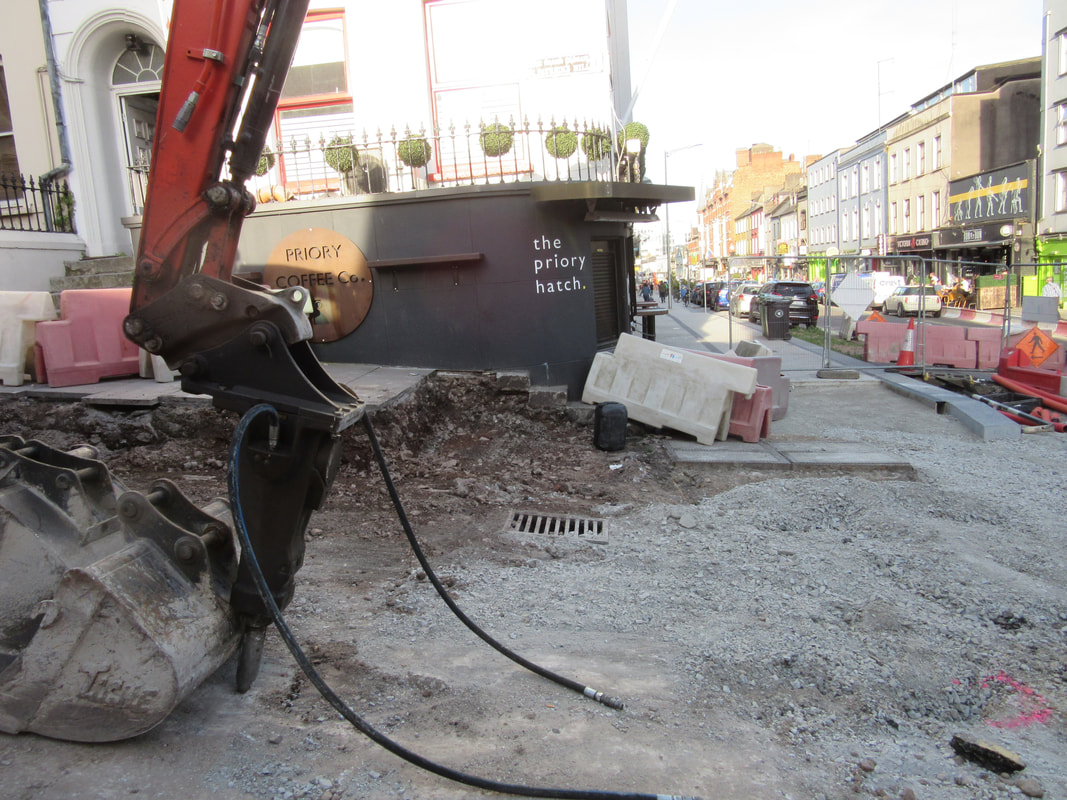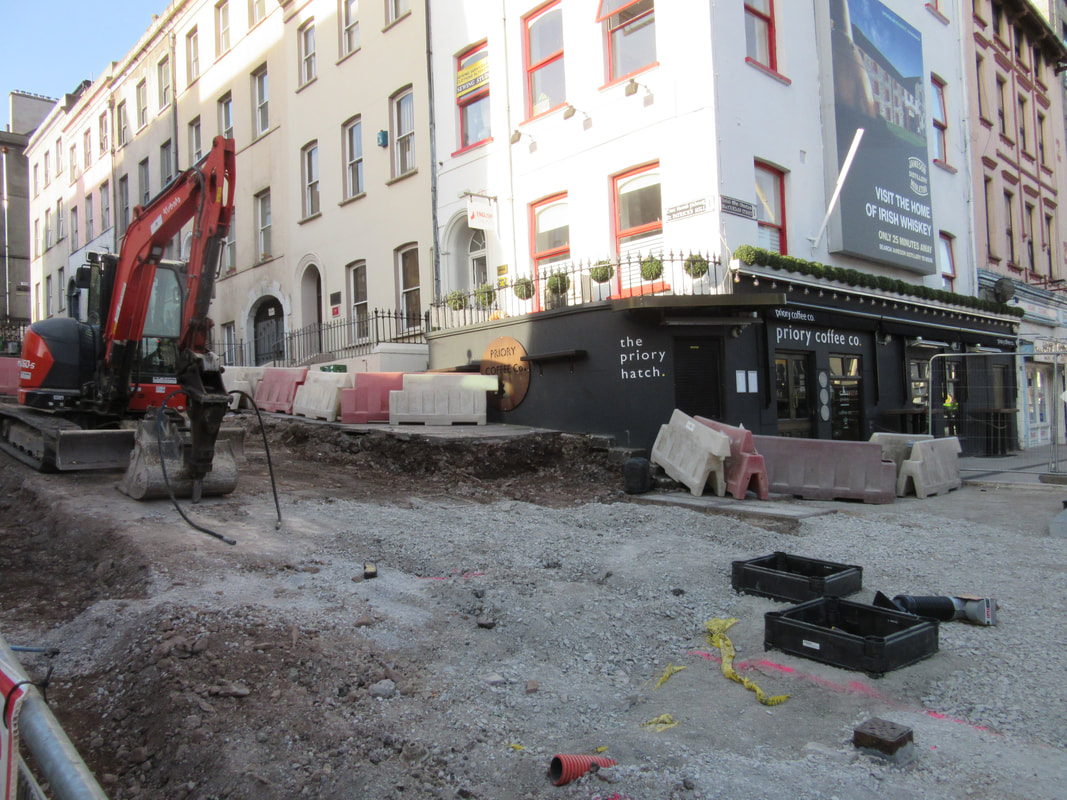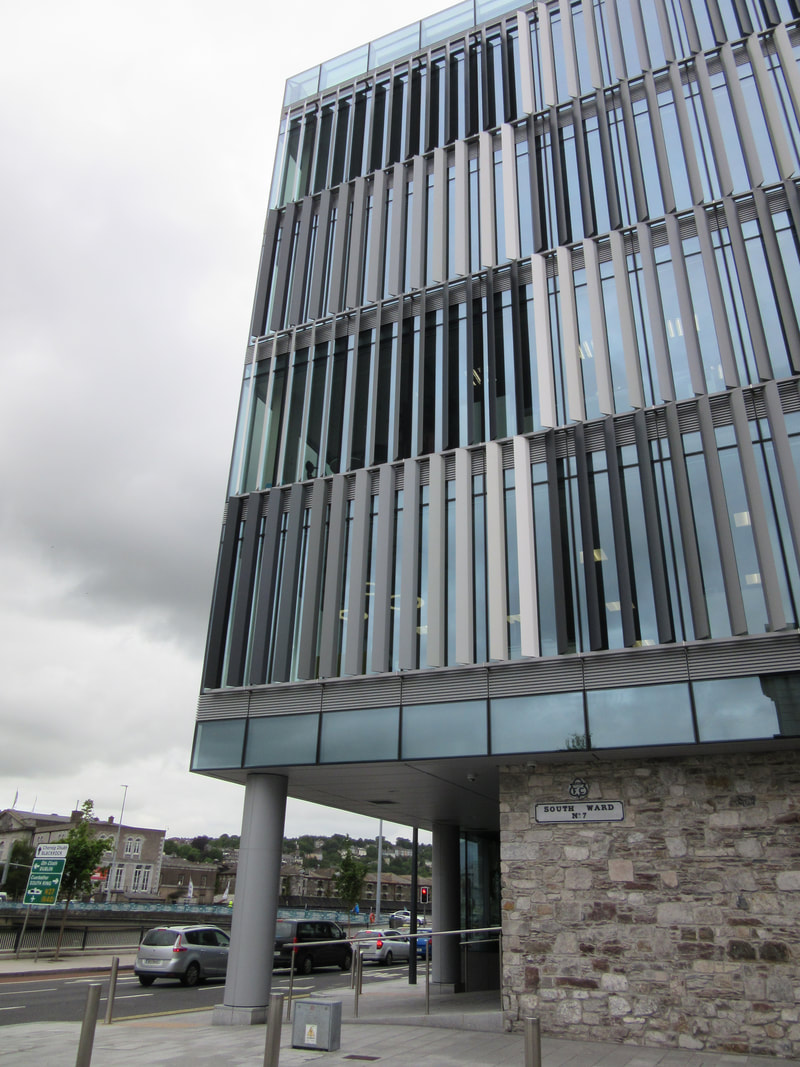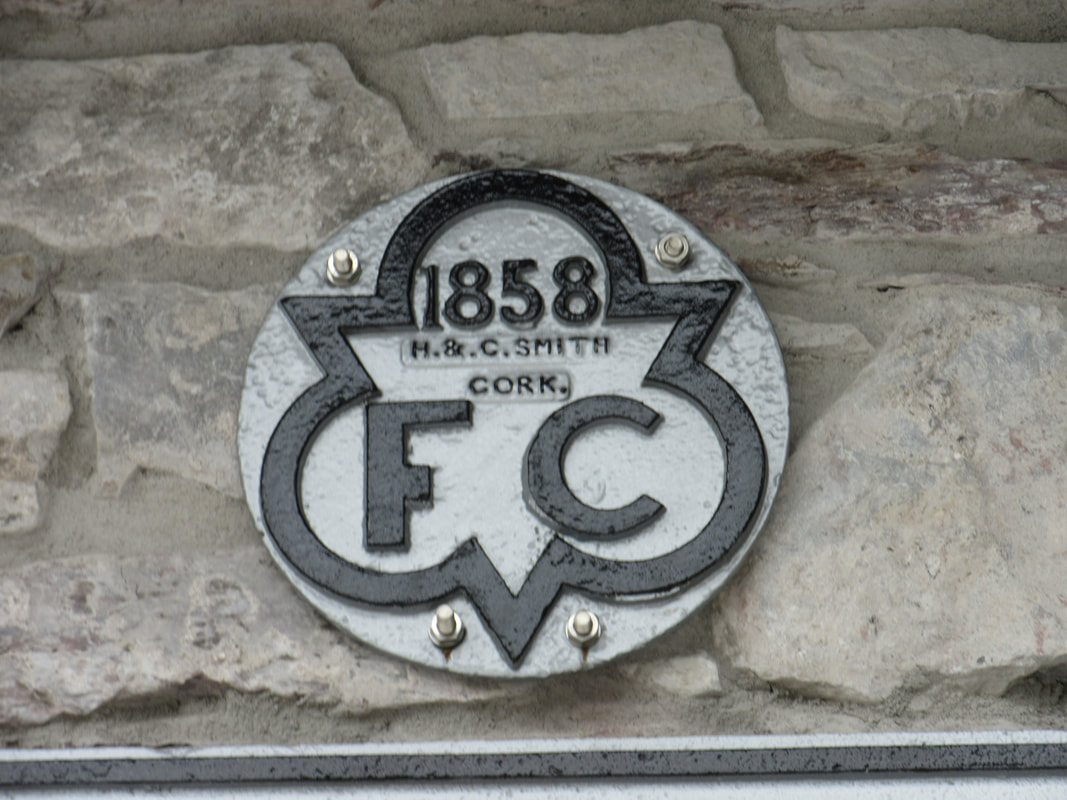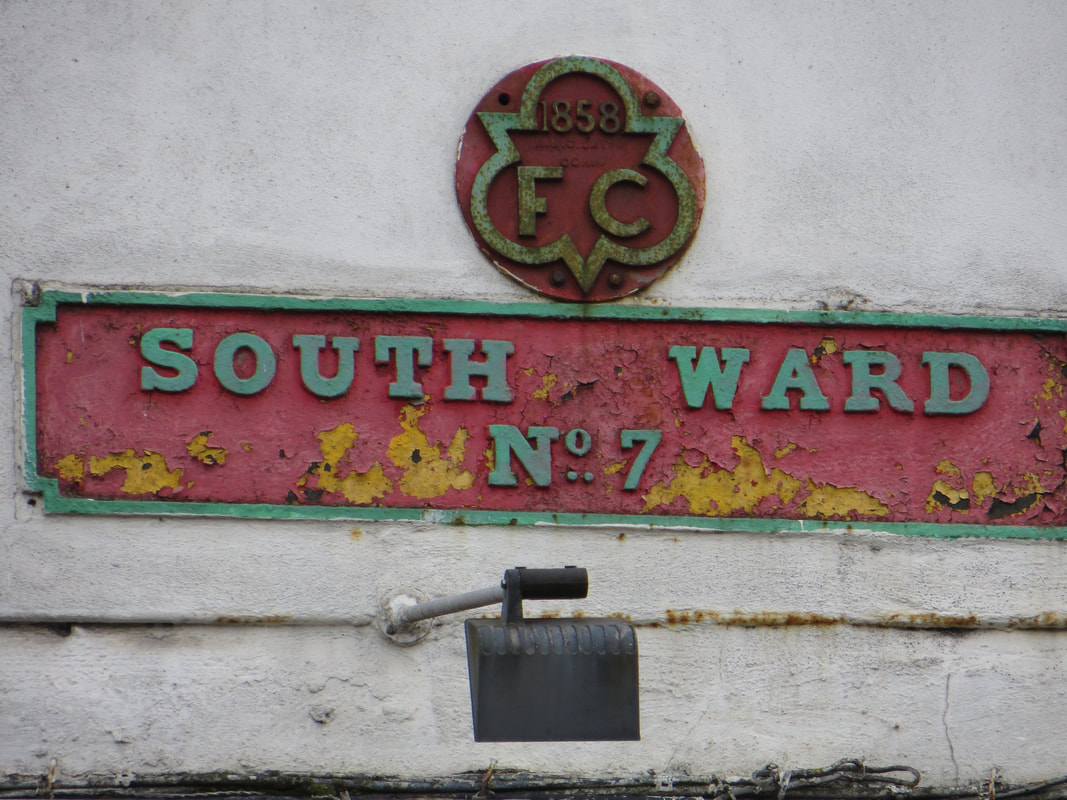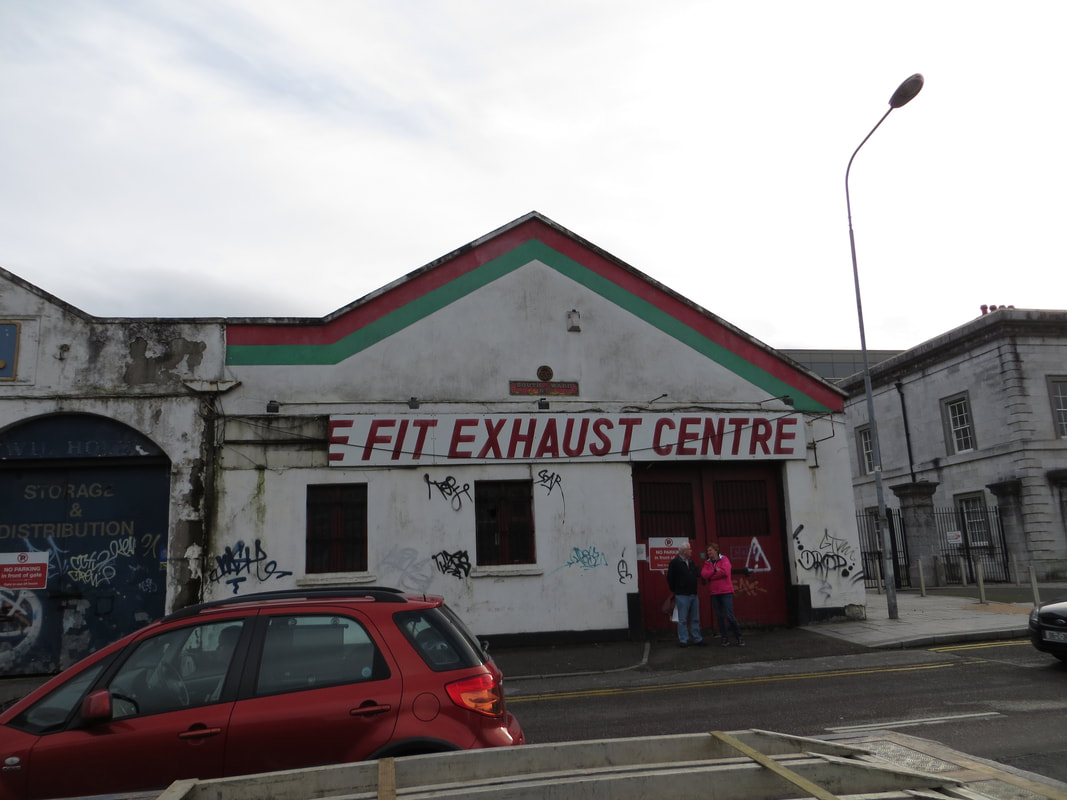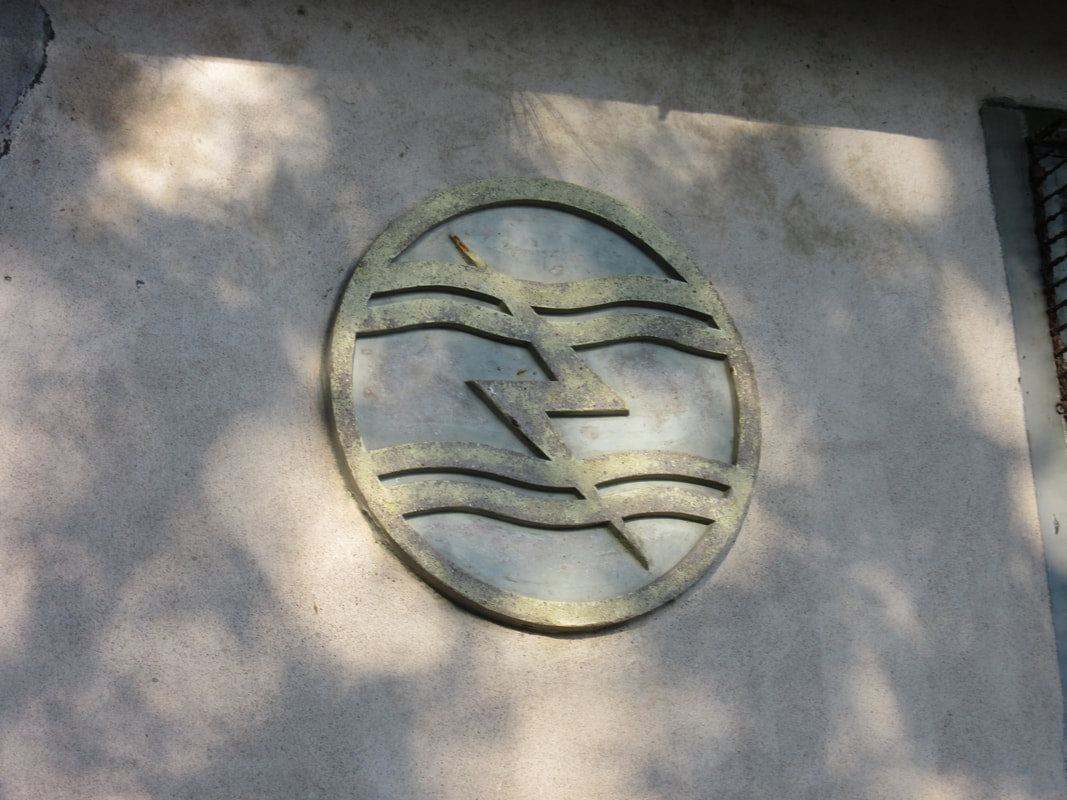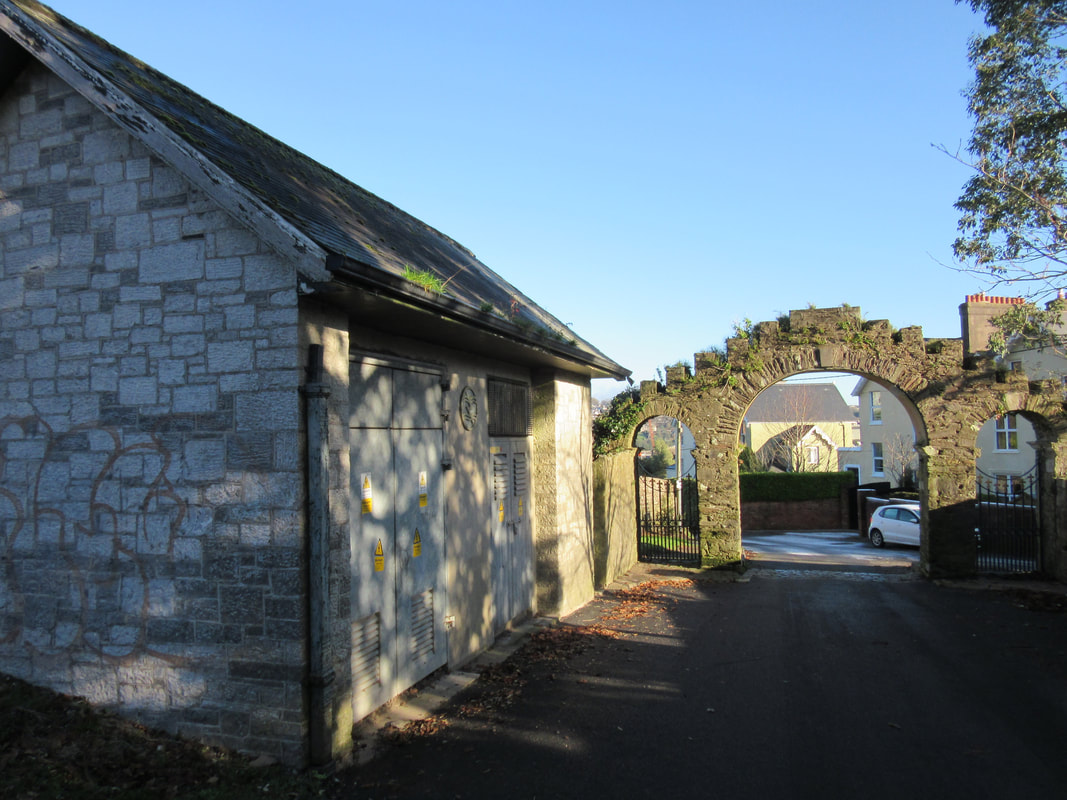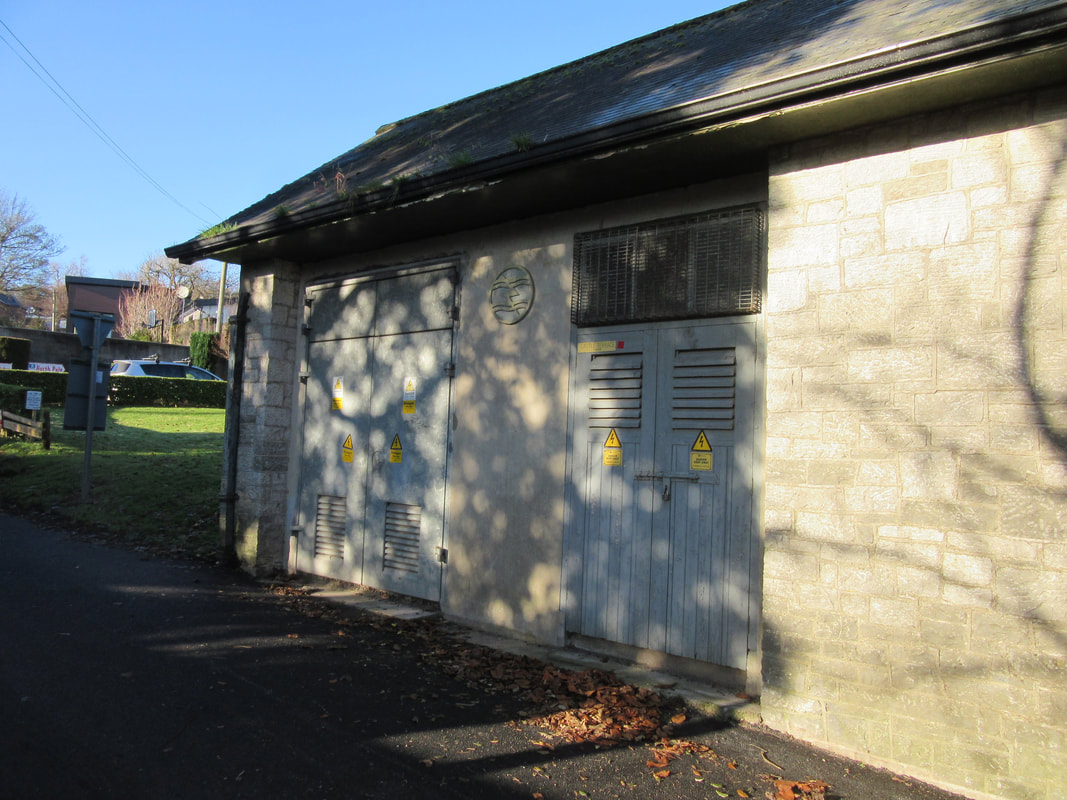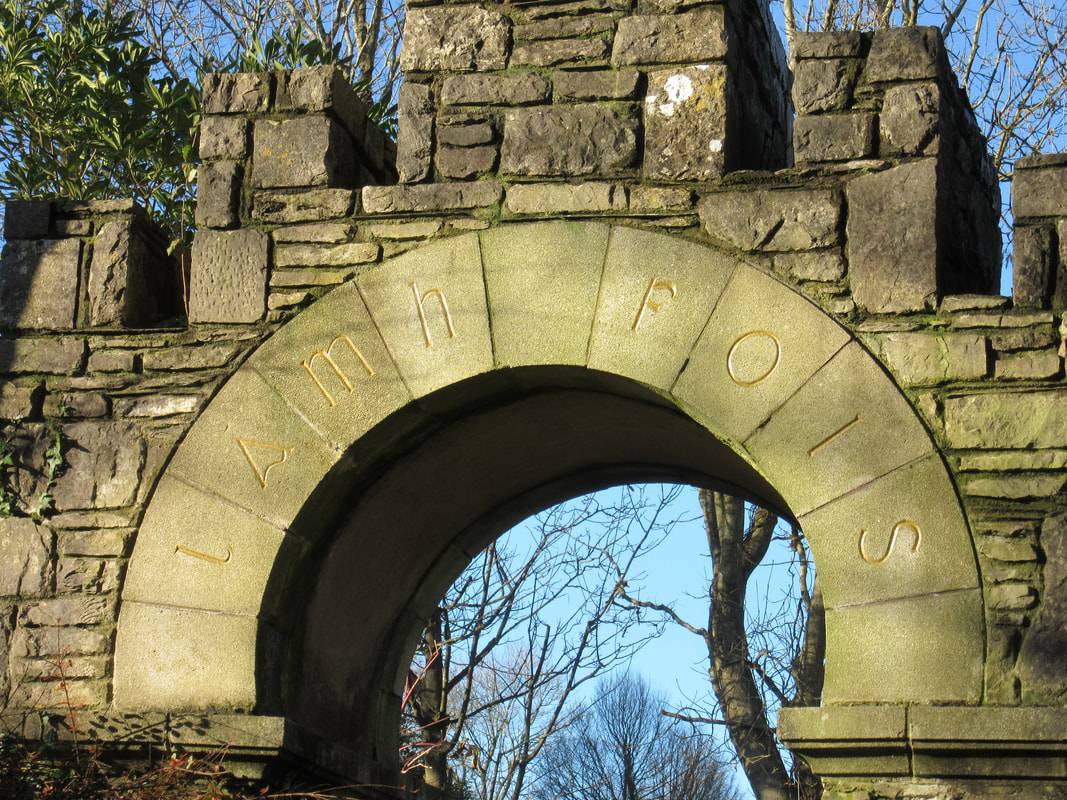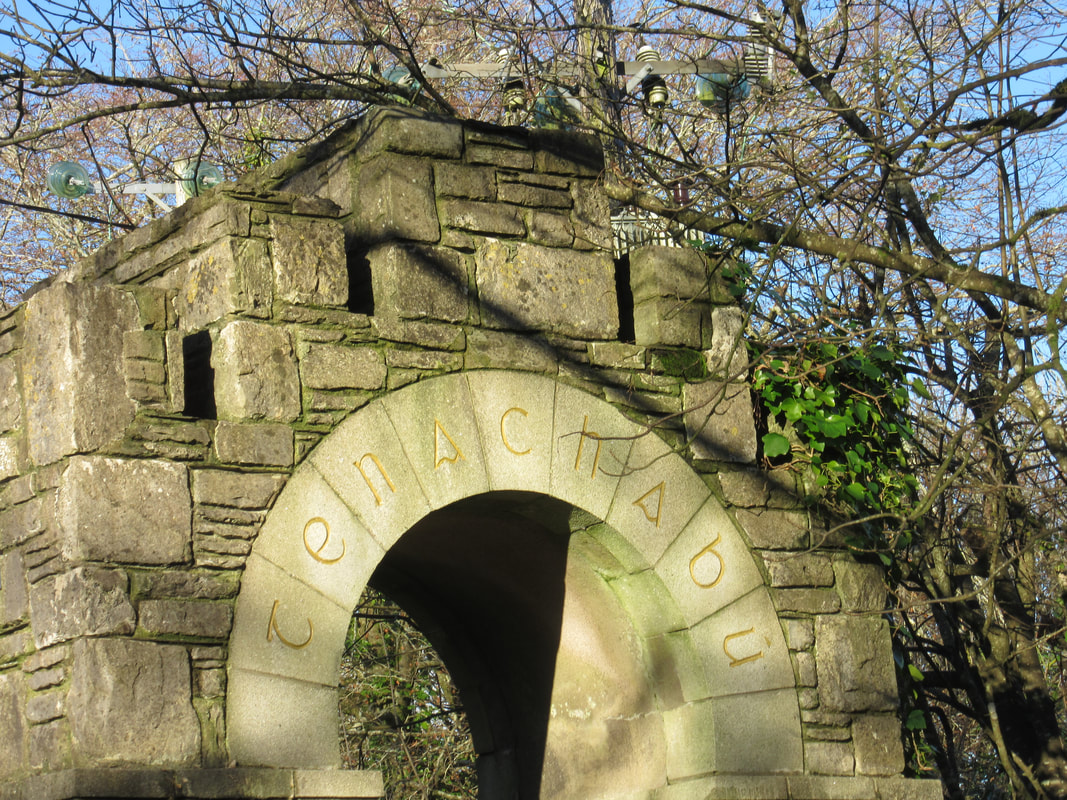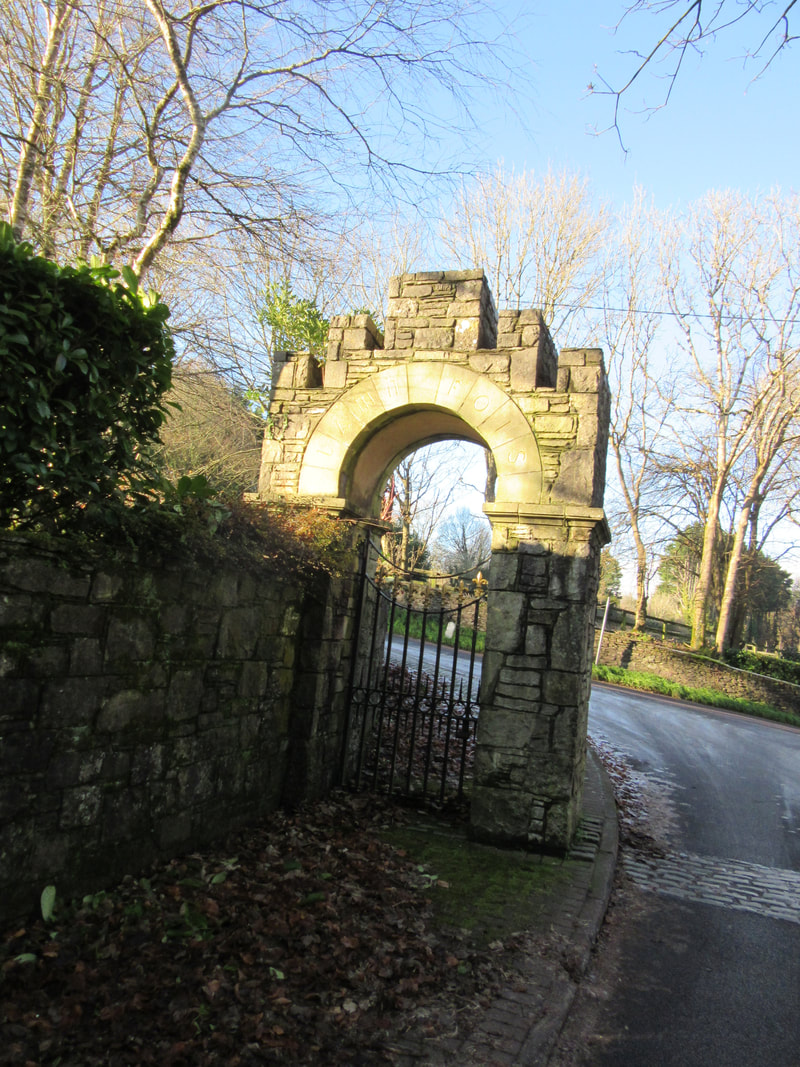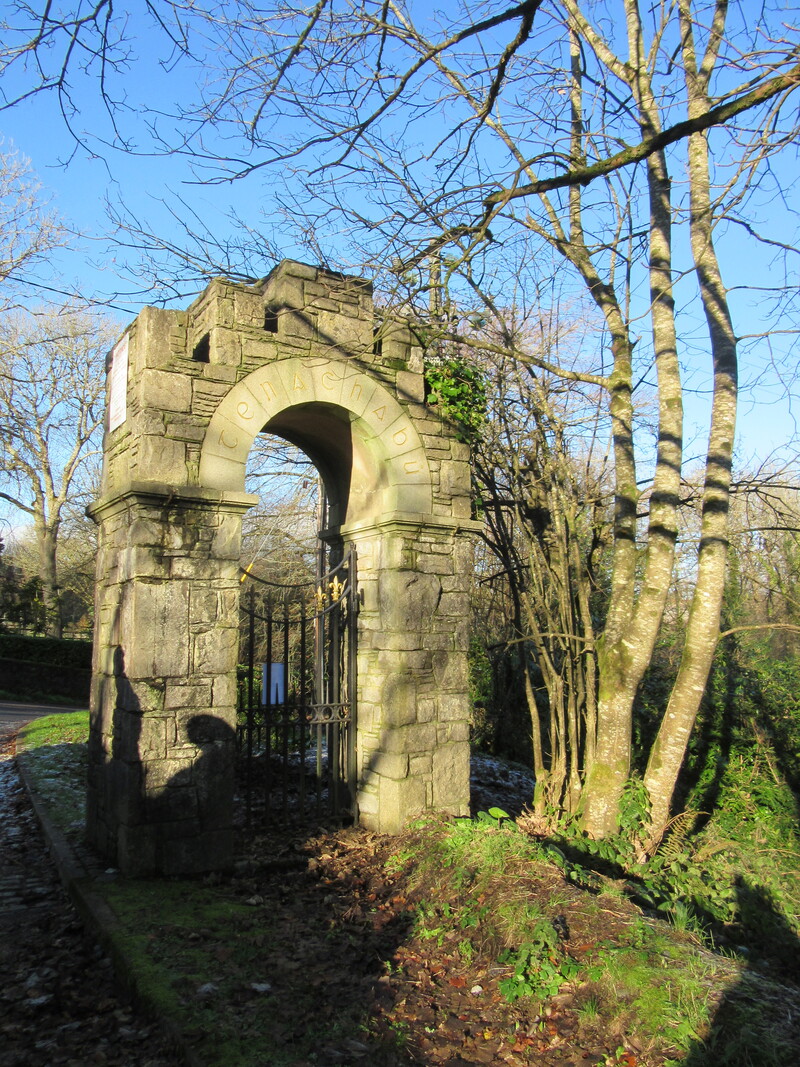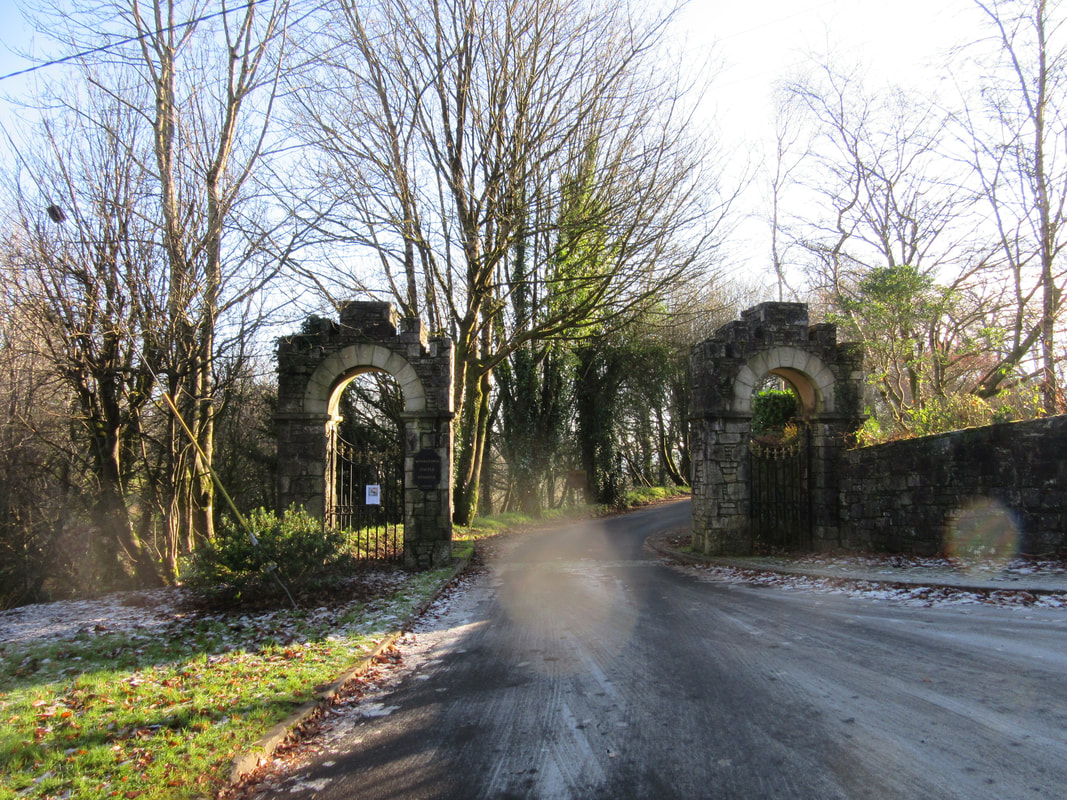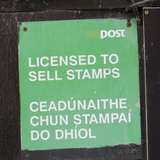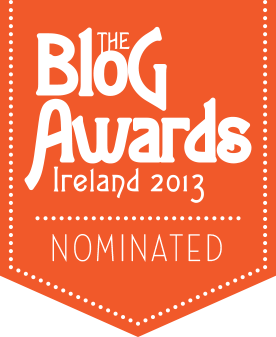It was a very low spring tide that revealed the remnants of scallop or mussel farming in the past. No longer functional, they are submerged and hidden for the majority of the time. Reminded me of Jeff Wayne’s musical version of War of the Worlds – from way back when…..
0 Comments
My inclination would be to spell the name as JOHANNA. In 1811, maybe JOHANA was a variation in use. But JOHAXA just looks wrong. Maybe that was her name. Maybe it was a correction of a mirrored N – similar to Liscleary – but one would expect removal of the incorrect diagonal if that were the case. If a correction was to be done, I would have expected IHS to have been transformed into HIS. There I was, on MacCurtain St, walking at speed after a van that was not travelling fast in the traffic. I had arranged to meet CC for a coffee and he was slightly perplexed as I went past the café in chase of a moving van.
The driver of the vehicle behind was equally perplexed when he saw me taking a photograph. Even when I asked him to look at the spelling of the final word, he did not get it. I had to point out that DETAILING does not end in NIG. I am unsure as to what ‘Mobile Detailing’ might entail but am fairly sure that it should not be spelled as ‘Mobile Detailnig’. And, after that, we still had time for the coffee…… Predicting More Cork Heritage To Be Removed Following on from the post about the benchmark at the bottom of St Patricks’s Hill, it looks suspiciously like more aspects of Cork Heritage may not be compatible with current public realm design. These iron covers on the lower section of St Patrick’s Hill are not manhole covers. They most probably have not been used for very many years. These are remnants of a time past when coal was delivered and the large houses had a coal bunker, generally under the footpath. Coal was delivered into the coal bunker through these coal plates. Many of the bunkers have been blocked up so most of these coal plates remain as just a visible record off times past. They are non-functioning but is that a reason to strip them out and replace them with the bland palate of our public realm designers? I do like reminders of past work practices and of how people lived. These coal plates could easily be retained and incorporated into a street design but as it is Cork City Council, I am not hopeful. Opercula, the plural of Operculum, is the name used for the structure to cover an opening. Christopher Howse on twitter has photographed over a thousand London coal plates – many of which are decorative, as are some in Dublin. A book by Shephard Taylor called Opercula: London Coal Plates was published in 1929. I have encountered coal plates in Cork on Lover’s Walk, Montenotte Road, Patrick’s Hill, Summerhill, Wellington Road, and Upper John St.. Most are not very decorative. If this is meant to be the Victorian Quarter, I would have thought that this was an opportunity to incorporate into a tourist trail of how things were done, but I do not hold out much hope.
p.s. The response from Cork City Council to the now Lord Mayor about the benchmark was:
“it is not possible to retain the benchmark in its current location; it is to be incorporated into the new public realm enhancements in the vicinity” Another piece of architectural heritage from the childhood neighbourhood – this one on O’Mahony’s Avenue Another name marked into ironwork that I did not see until recently J. O’Dell does not have the same internet profile as MacFarlane Castings so has gone onto my own To Find Out More List I think it was from James Dillon on twitter that I learn of a design for gates used by railways company/companies Last Saturday, I was on the wrong side of the tracks for the Knocklong Rescue plaque but was very happy to be rewarded with a meeting with a railway gate.
Unlike St Patrick’s Hill, this one is still in-situ A few weeks back, spotted a benchmark on top of the key wall at Camden Quay. I have walked this way more than once or twice but only noticed it a few weeks ago. Hidden in plain sight
The above photographs were taken at the bottom of St Patrick’s Hill on the 24th May. When I saw the eastern side of the hill barricaded off, I did fear for the fate of the benchmark. Benchmarks as a useful piece of data have long been replaced by GPS. As a mark on the fabric of the city recording how things were done in the past, they are a mark of history. I particularly liked this one as it was in the kerb on St. Patrick’s Hill. I have seen many on stone pillars, less in brickwork – on a kerb is very rare. The photographs below were taken just 5 days later, on 29th May. The kerbs had all been removed. They have not returned since. When demolition of the existing warehouse was being carried out in advance of the construction of 1, Albert Quay, I did ask as to whether the old fire cock sign might be available. I was told that it was being retained and was to be re-applied to the new building. It is now on the new building, complete with a new colour scheme. It is as functional as a benchmark but its heritage value was appreciated by someone with decision making powers - thankfully Last Sunday, once again, I received the lesson that one is very unlikely to record all of a particular thing – there always is the rick that one exists somewhere I just have not been before. This time is was the E.S.B. Lightning logo.
Castle Avenue in Monkstown was the road not travelled before. And there it was. It has prompted me to put a webpage together of those that I have encountered and recorded - HERE Our conversational Irish walk was a bit puzzled yesterday. Our monthly siúlóid took us through Monkstown Demense. As we we exiting the estate before heading back down Glen Road to the village, we tried, and failed to figure out the meaning of the words carved into the archways on either side of the road. LÁMH FOIS TENACHABÚThe archways facing the road read Monkstown Demense so it was not a translation. Lámh Fois Tenachabú had us stumped – not too difficult for my level of Gaeilge but it had all of us beaten. Jerry did think it may have something to do with the motto for the estate – top marks. Learning can be difficult enough – even relearning. But it definitely does not helped when the mason or letter carver sets out not to make things easy. The number of stones in the arch mean that these two options would have been equally easy to cut:
The latter option may well have been read as Lámh Foistenach Abú which translates as The Steady Hand To Victory. If there was an O’Sullivan among the group, we may have had greater success in interpreting as it is the motto of the O’Sullivan’s. LÁMH FOISTENACH ABÚ |
AuthorFrom Cork. SUBSCRIBE
Unless otherwise specifically stated, all photographs and text are the property of www.readingthesigns.weebly.com - such work is licenced under a Creative Commons Attribution - ShareAlike 4.0 International Licence
Archives
April 2024
Categories
All
Blogs I Read & LinksThought & Comment
Head Rambles For the Fainthearted Bock The Robber Póló Rogha Gabriel Patrick Comerford Sentence First Felicity Hayes-McCoy 140 characters is usually enough Johnny Fallon Sunny Spells That’s How The Light Gets In See That Tea and a Peach Buildings & Things Past Built Dublin Come Here To Me Holy Well vox hiberionacum Pilgrimage in Medieval Ireland Liminal Entwinings 53degrees Ciara Meehan The Irish Aesthete Líníocht Ireland in History Day By Day Archiseek Buildings of Ireland Irish War Memorials ReYndr Abandoned Ireland The Standing Stone Time Travel Ireland Stair na hÉireann Myles Dungan Archaeouplands Wide & Convenient Streets The Irish Story Enda O’Flaherty Cork Archive Magazine Our City, Our Town West Cork History Cork’s War of Independence Cork Historical Records Rebel Cork’s Fighting Story 40 Shades of Life in Cork Roaringwater Journal |
